A Crash Course in Overlanding with the 2016 Toyota 4Runner TRD Pro

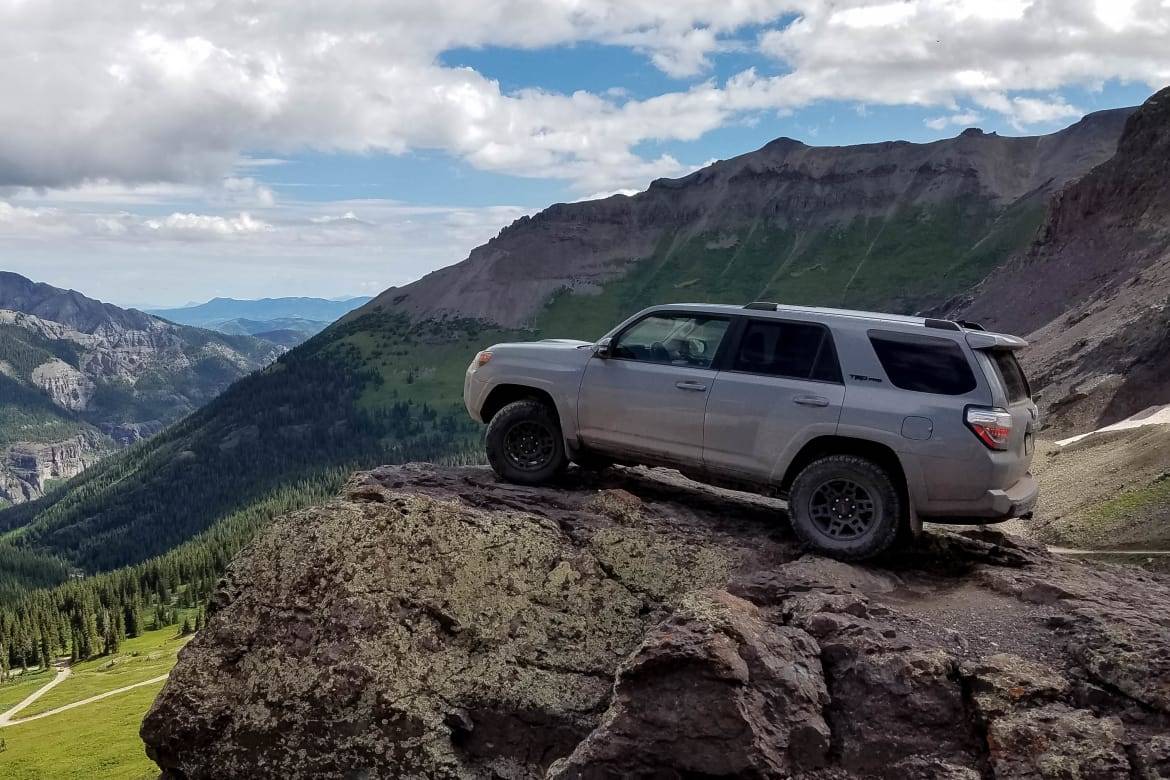
CARS.COM — As a reviewer, I drive on all types of roads in all types of places, so when Toyota asked us if we wanted to try something different with its off-road oriented TRD Pro vehicles, I jumped at the chance. One of the first rules of writing is “do not quote Wikipedia,” but its definition of overlanding is spot-on: Overlanding is “self-reliant overland travel to remote destinations where the journey is the principal goal.”
Related: 2016 Toyota 4Runner TRD Pro Photo Gallery
Our trek, titled “Drive to the Summit,” was led by Expedition Overland, a group of overlanding enthusiasts who travel the world in their vehicles. We started in Ouray, Colo. and headed to Las Vegas by way of a winding, 808.2-mile route on roads from dirt to rock to pavement, soaking up some of this country’s most spellbinding scenery. We ascended the eastern side of the Rocky Mountains and headed over the Imogene Pass to Telluride, Colo., climbing up to 13,114 feet along the way. Our travels then took us through Canyonlands National Park in eastern Utah, the Henry Mountains, Lake Powell, Capitol Reef National Park, Coral Pink Sand Dunes State Park and the 1.9-million-acre Grand Staircase-Escalante National Monument before heading into Las Vegas.
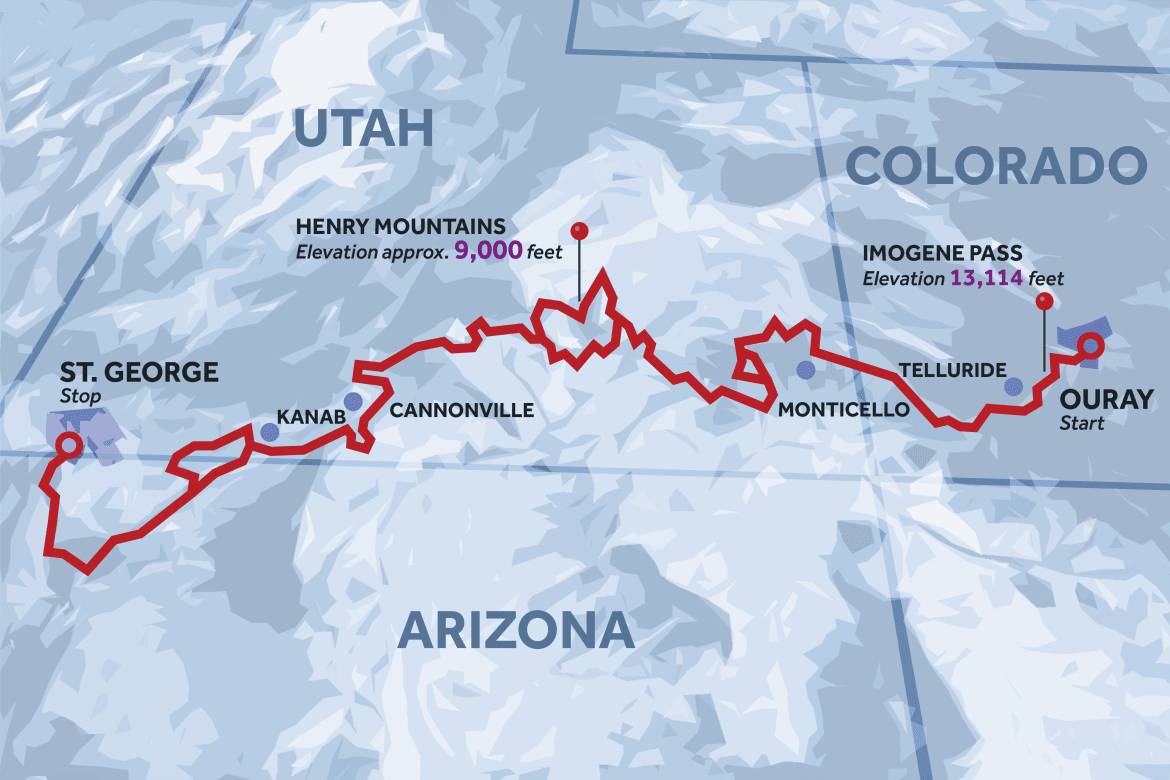
Over the course of the adventure, I not only got to know the vehicles much better (especially the Toyota 4Runner), but I also learned a few things about off-roading and overlanding as well:
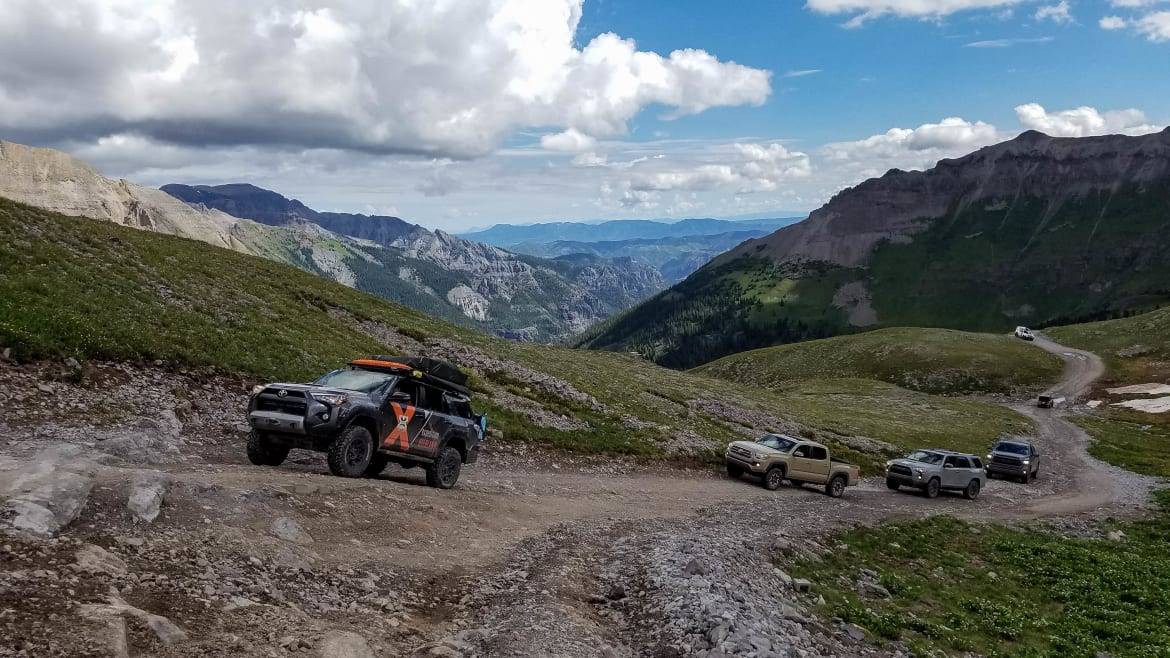
Prepare
Before you head out on an overland journey, design your route, choose your campsites, check the road and weather conditions, and (of course) pack the right food. The better you’re prepped, the smoother it will go. Knowing the types of roads you’ll be on will help you pick out the right equipment, and seeing how remote the route will be helps decide how much extra water and fuel you’ll have to carry.
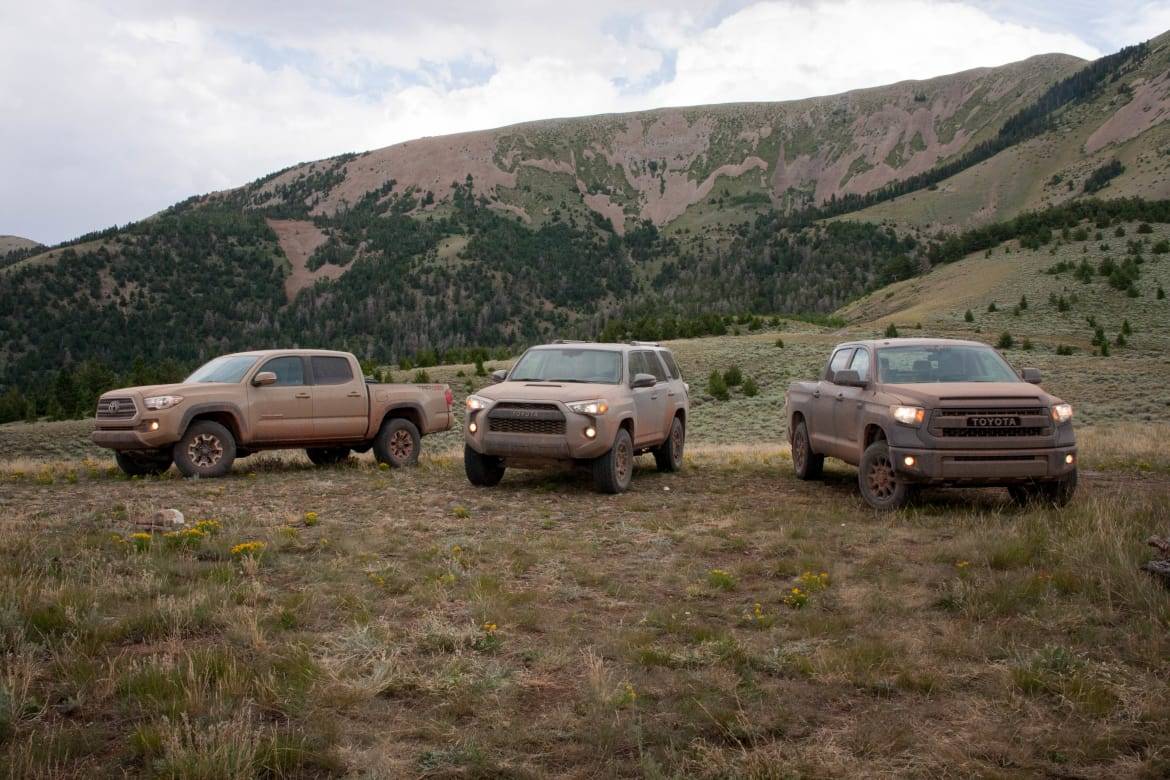
Take the Right Vehicle
Toyota offers a comprehensive off-road-ready lineup and I tested three of its vehicles on the four-day trek: The 2016 Tacoma TRD Off-Road, 2016 4Runner TRD Pro and 2016 Tundra TRD Pro. All of the vehicles were stock with no modifications done to them, and each one impressed along the journey.
Out of the three however, the 4Runner TRD Pro shined. I drove that Toyota 4Runner from Canyonlands National Park over the Henry Mountains on a mix of dirt roads, gravel and pavement, which gave me a good feel for its capabilities. It matched the trucks in performance on all surfaces, while having an SUV body that made it the most utilitarian in terms of its people- and cargo-carrying abilities.
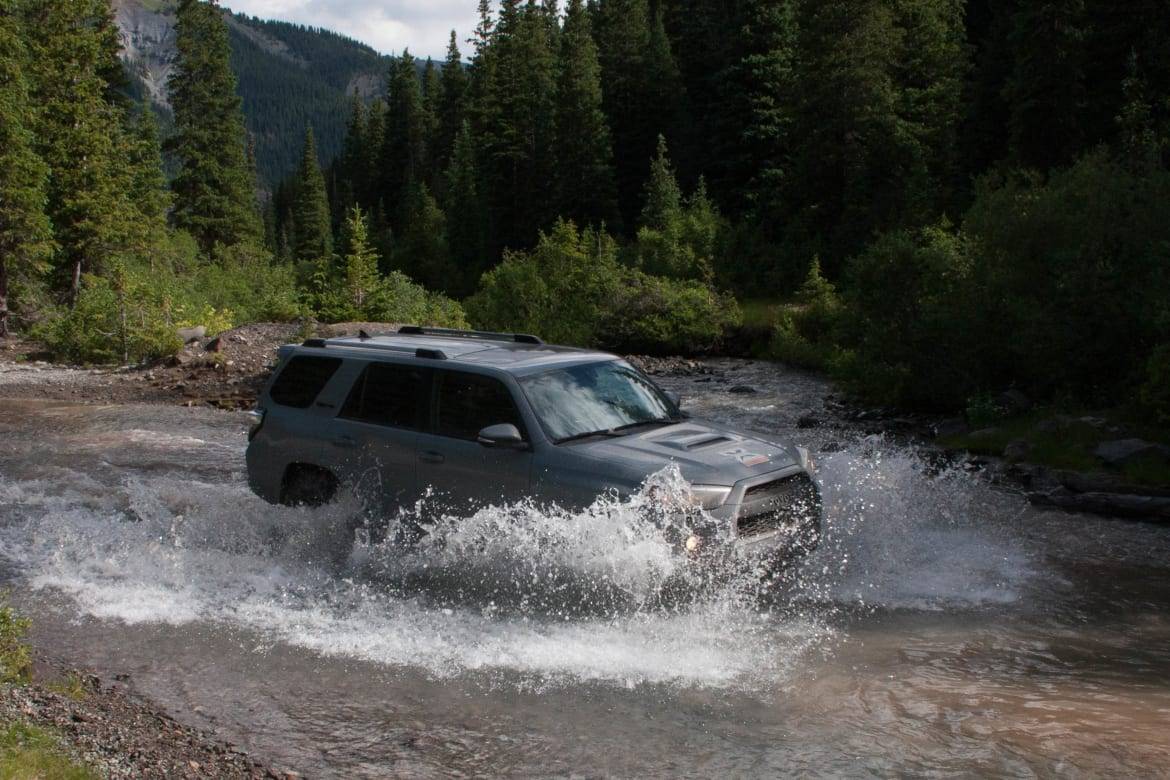
The Toyota 4Runner was also the quietest and most comfortable on pavement. Each of the vehicles came with pretty aggressive off-road tires, which meant that there was a decent amount of tire noise, and the ride wasn’t the greatest in all of the vehicles. However, the 4Runner TRD mitigated those caveats most effectively.
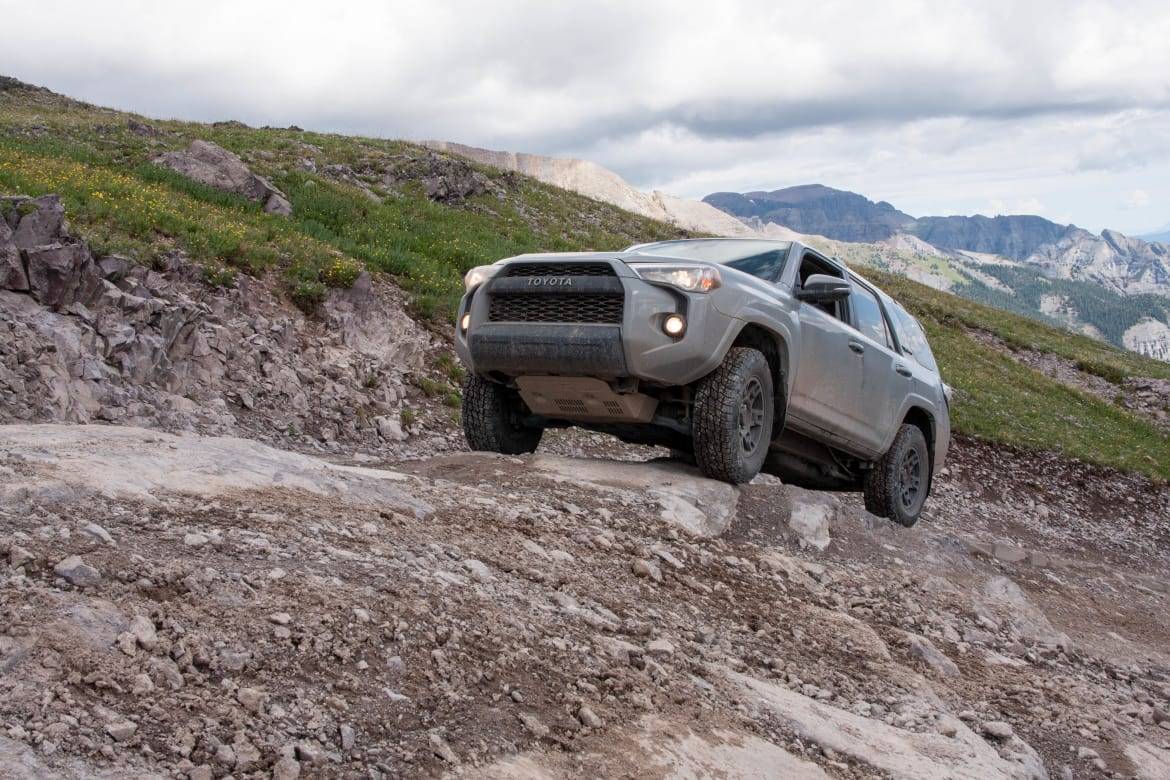
Off-road, the Toyota 4Runner TRD proved very capable as well; the suspension soaked up imperfections on dirt roads wonderfully and the 4.0-liter V-6 gave it more grunt than the smaller V-6 found in the Toyota Tacoma, a welcome feature when climbing hills or crawling over larger obstacles. Since the power was more accessible at lower rpm, I had more confidence in the throttle while moving over rocks and in tight quarters in the Toyota 4Runner.
Inside, the Toyota 4Runner’s rear seats can be folded down and you can sleep in the back to stay shielded from the elements in a pinch. It lacks the romantic appeal of sleeping in a truck bed under the stars — until it starts to rain.
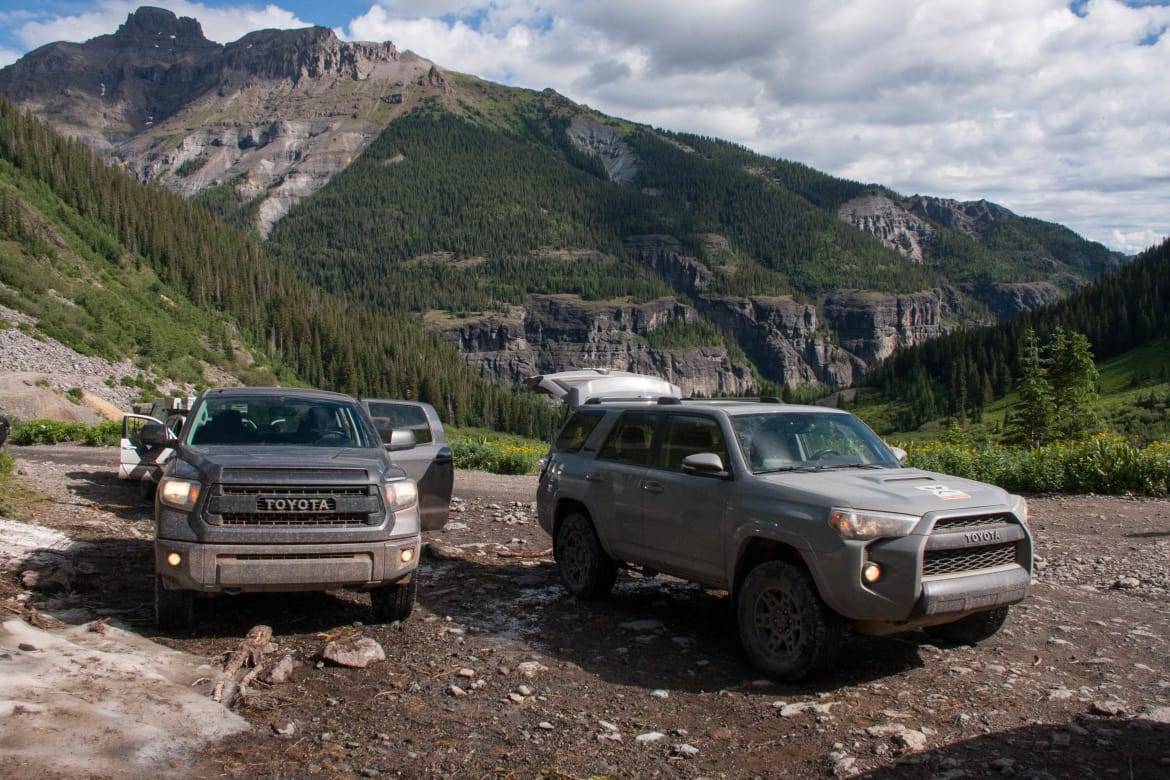
Bring the Right Gear
This will change depending on where you’re going and what kinds of roads you’ll be driving on, but there are some essentials to keep in mind before the trip begins. A gas can is important if you’re going to be traveling away from gas stations, as are tow straps, a full-size spare tire and a mechanics tool set to do basic repairs.
The right gear also includes the stuff you’ll be living in, as well — tents, a sleeping bag appropriate for the temperature and cooking equipment. Our group was outfitted with propane stoves that folded out from the back of the Expedition Overland’s rigs, but something simpler will work as well.
And finally, bring extra water — at least five gallons a person, says Expedition Overland, just in case you get stuck somewhere overnight. This was another advantage to the Toyota 4Runner SUV: all that water didn’t have to sit out in the desert sun while we were driving.
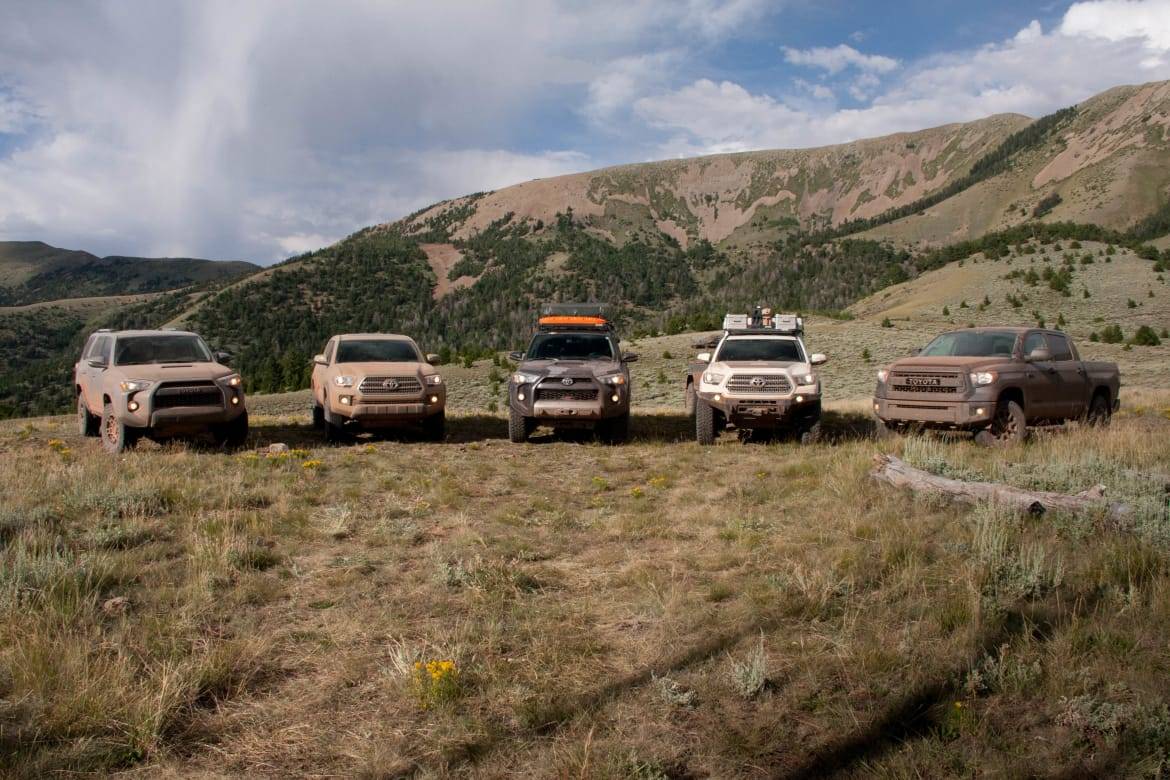
Find the Right Crew
Expedition Overland recommends finding other folks in your area who have experience and can help you get started. There are groups all over the country, some arranged around specific types of vehicles (Like Jeeps, especially the Wrangler), so make some new friends before you head out to explore.
You also definitely don’t want to be out there alone for your first adventure; it’s safer to travel in a group. If the vehicle gets stuck, having other vehicles around to pull it out is huge. You can also share supplies in case you forget anything.
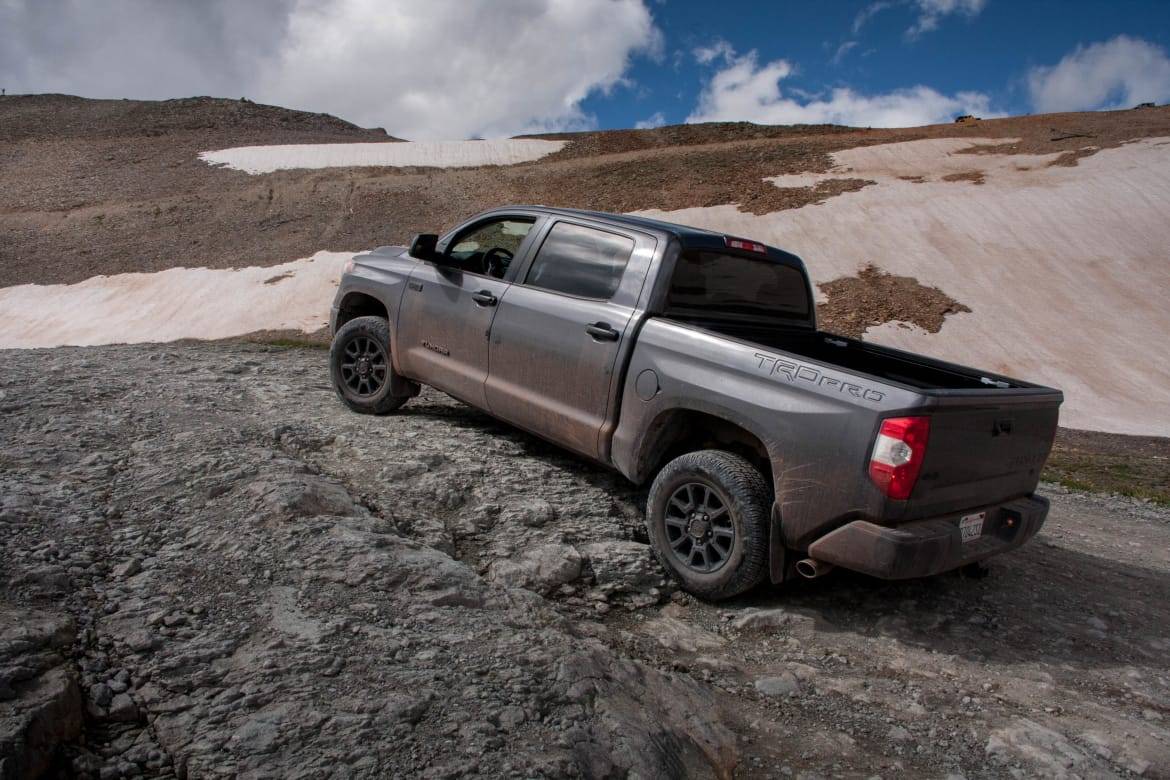
Tread Carefully
If you’re on the road and far from help, it pays to be cautious. And if your route includes traveling on unpaved roads susceptible to being washed out or changed drastically by weather (especially rain), be on guard.
Encounter an obstacle that you’re not sure the vehicle will be able to make it through? Stop, hop out and walk around to take a look. And if you aren’t sure you can pass, then it’s time to backtrack. Better to take a bit longer on the journey than get stuck or potentially damage your mechanical beast of burden. This is doubly true if you’re traveling solo or in one vehicle — if your rig gets stuck, you’re stuck.
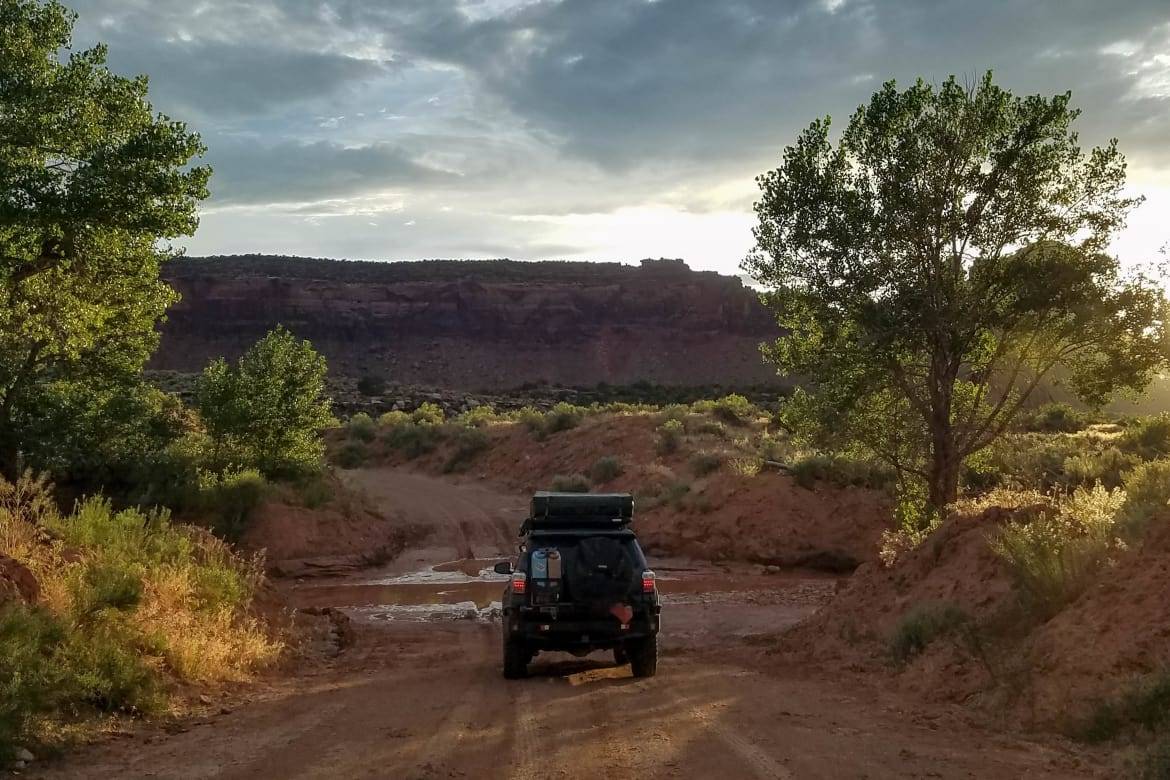
On our third day, we were driving through a canyon on a dirt road and it started to rain, which turned conditions into slick mud almost instantly. One of our trucks came around a turn and the slippery conditions made it lose traction; it ended up off the road. Luckily, Expedition Overland’s trucks had a winch and we were able to get the truck back up safely, but a bit more caution may have prevented the incident.
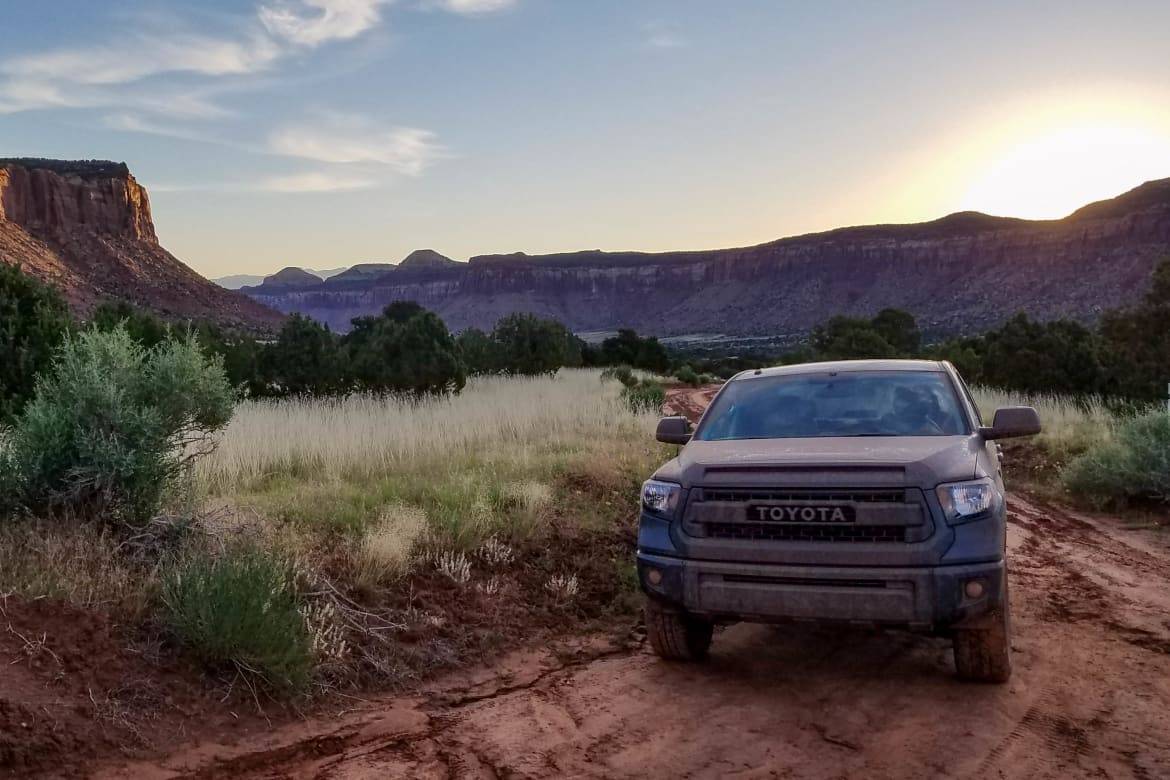
Adapt
Problems will come up, but it’s essential to adopt an ” it happens; we move on” attitude. There will likely be obstacles and complications on the journey; what’s important is taking them in stride and moving on.
At the end of the first day, our caravan was able to dodge much of the thunderstorm activity in the area, but some minor problems put us a bit behind schedule, so we were headed into camp later than expected. Heavy rains hit the area the day before and as we headed down a dirt road toward camp, an “all stop” call came over the radio. A big part of the road had been washed out, leaving a hole the size of a small car and almost 6 feet deep — an impassable barrier.

We had to adapt. We doubled back toward the main road, found a flat spot of ground on the side of the road that wouldn’t flood if it rained, and set up camp with flashlights and headlights from our caravan. It was awesome.
When you’re overlanding on roads off the beaten path, there are lots of variables in play. There could be trips where everything goes right, or trips where everything goes wrong — be ready for both and see opportunity in detours.
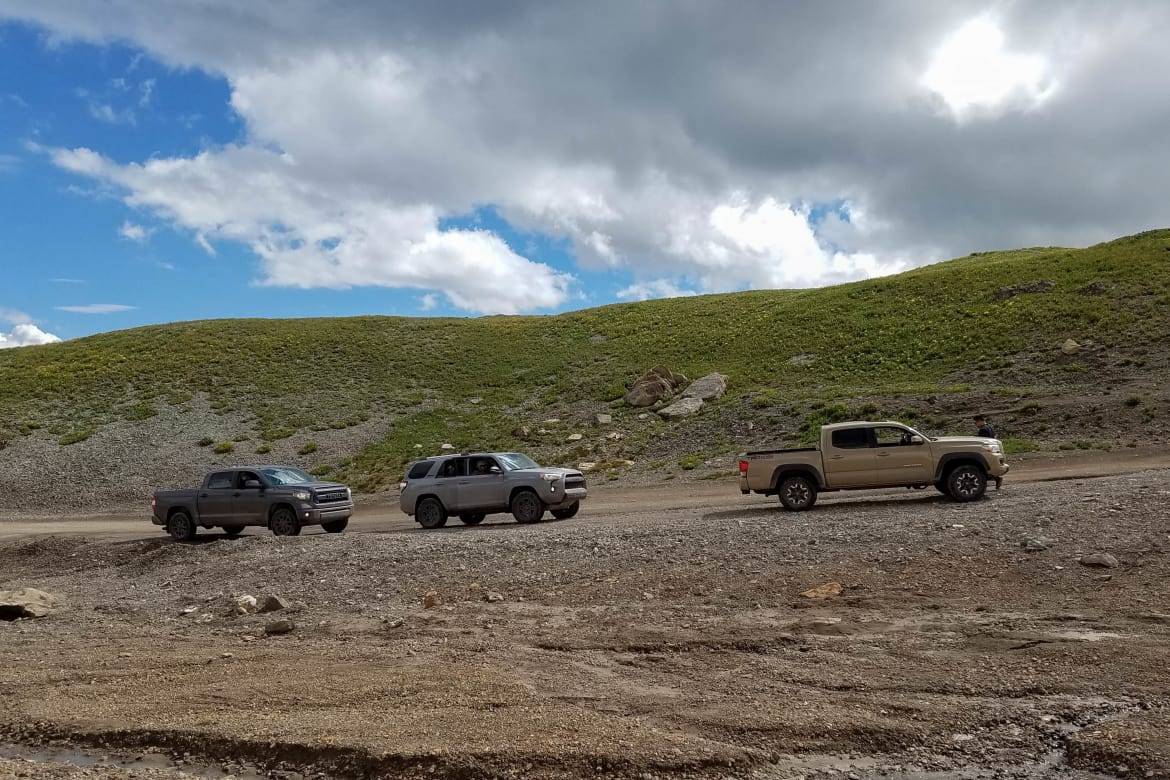
Enjoy the Journey
After only being on the road a couple of hours, I had a huge smile on my face that would stick there the rest of the trip. I loved everything about overlanding, from the off-road driving to camping and the vehicles themselves. And the Toyota 4Runner TRD handled every bit of that off-road adventure like a champ. Knowing that we had the trucks and supplies that could take us on adventures over pretty much all types of terrain was liberating.
Click here to see the video that Expedition Overland put together of our journey, and check out our gallery below to see more of the Toyota trucks, the Toyota 4Runner TRD and beautiful scenery of the Four Corners region.

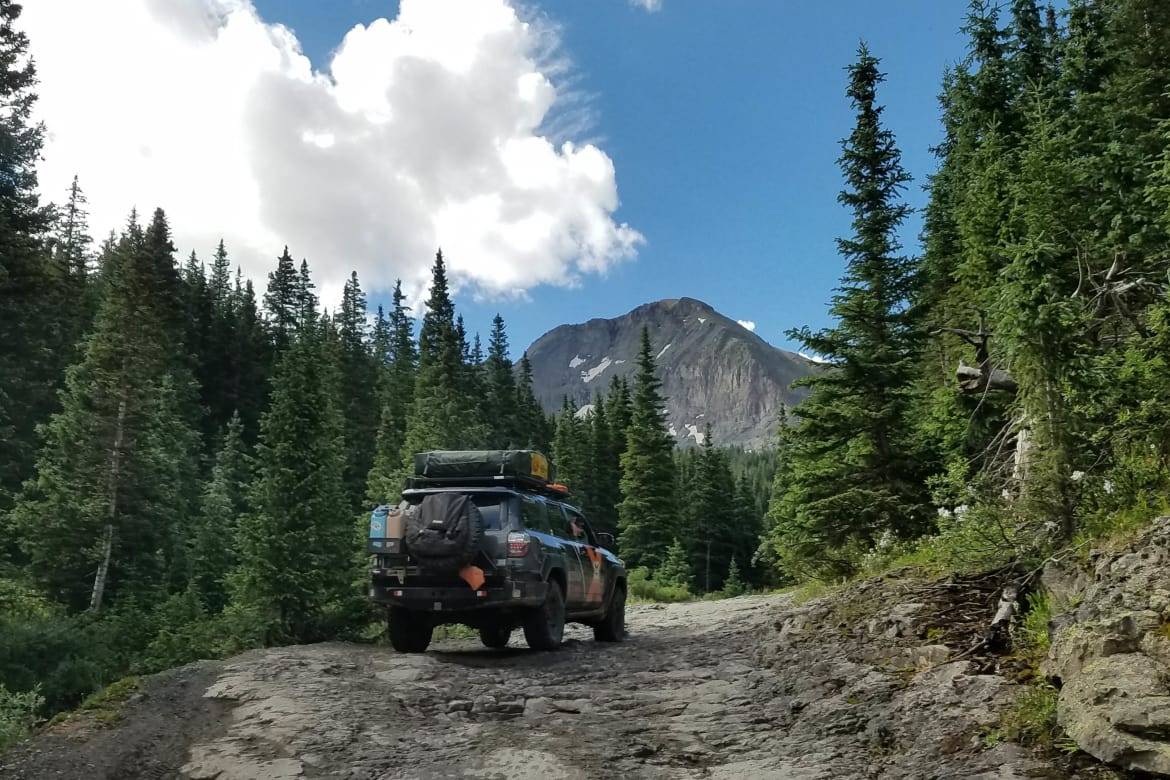
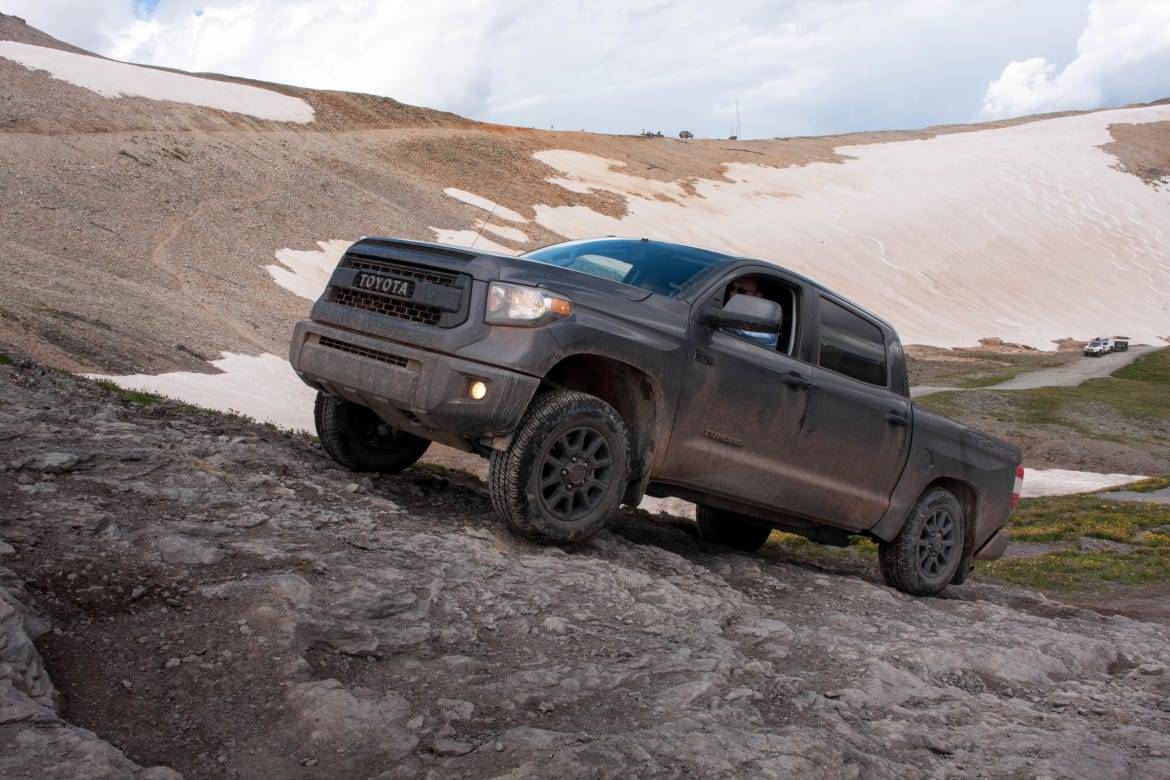
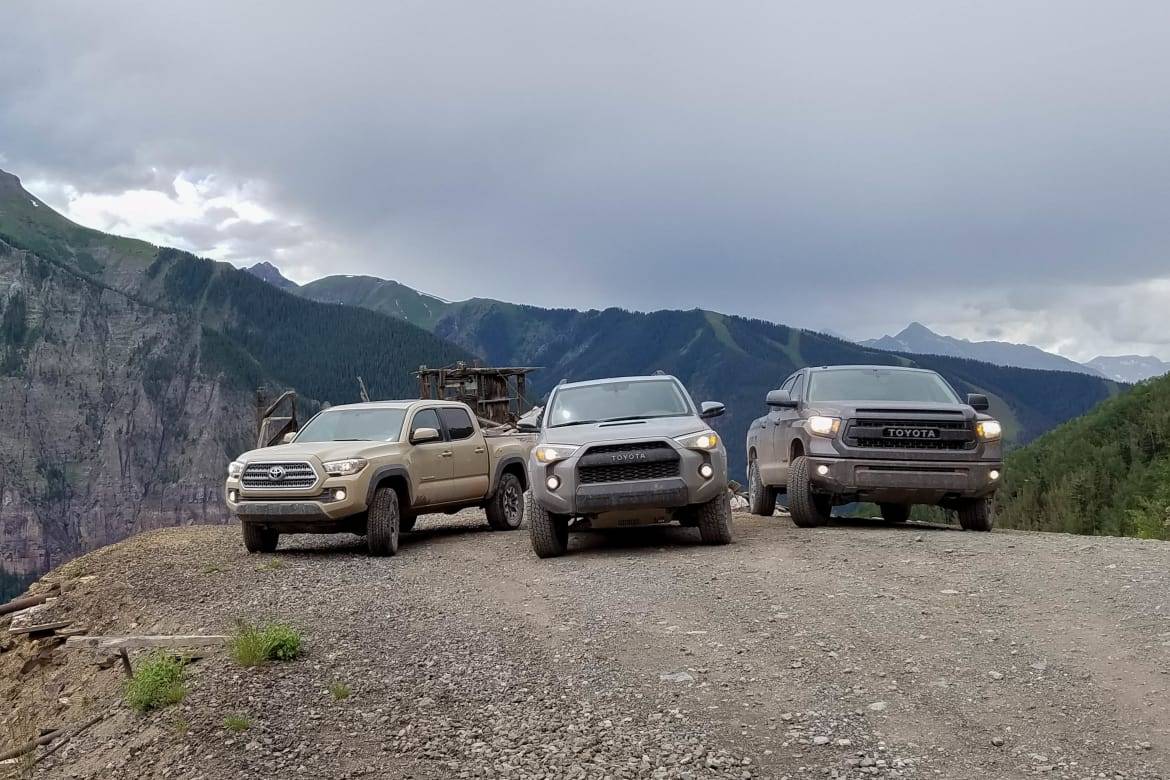


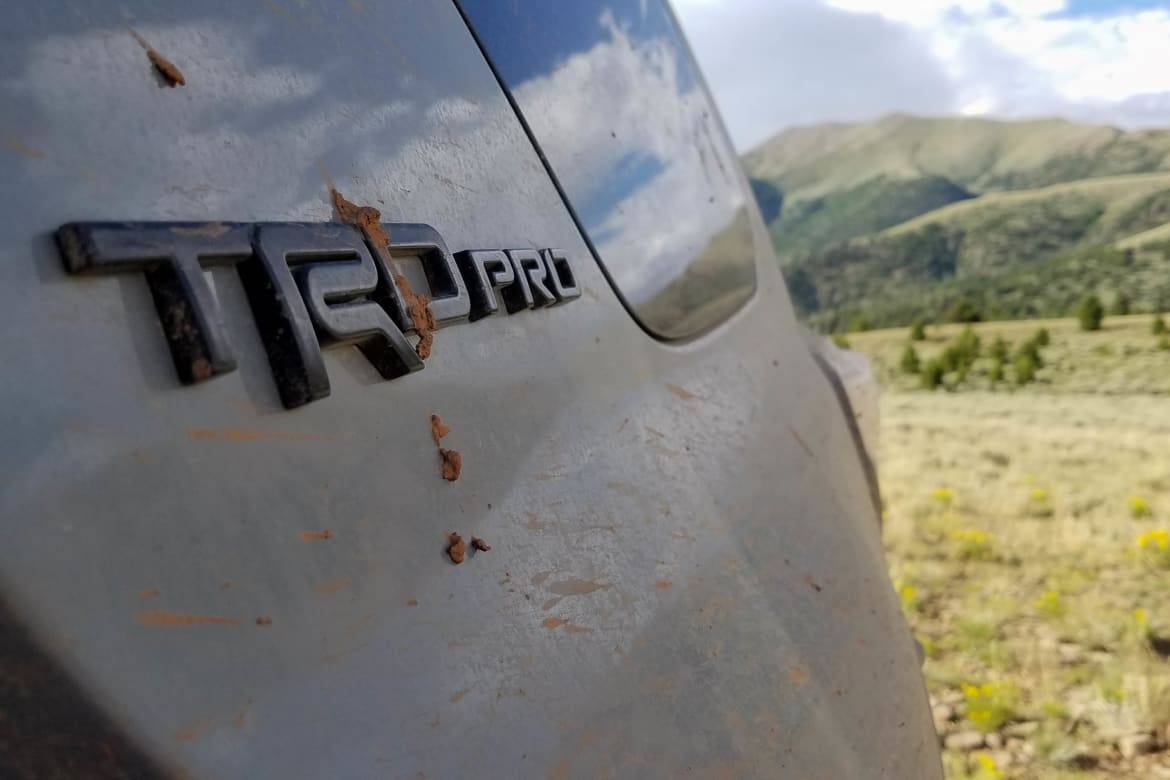
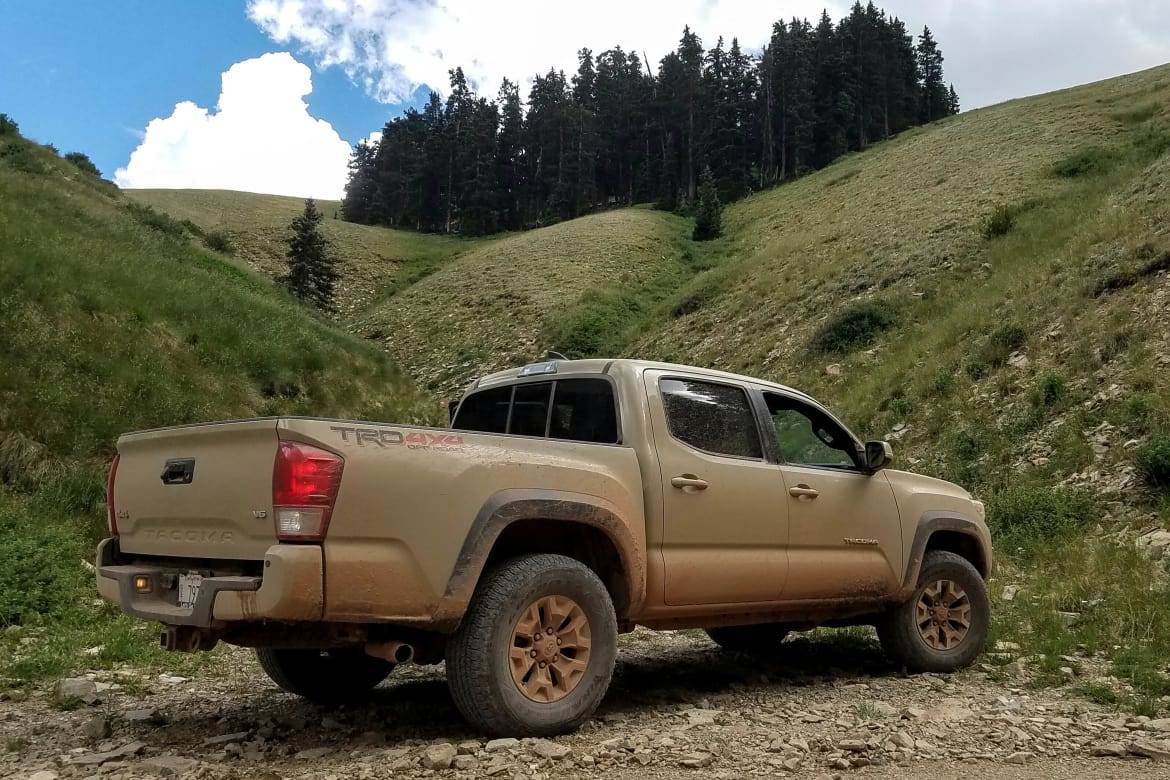
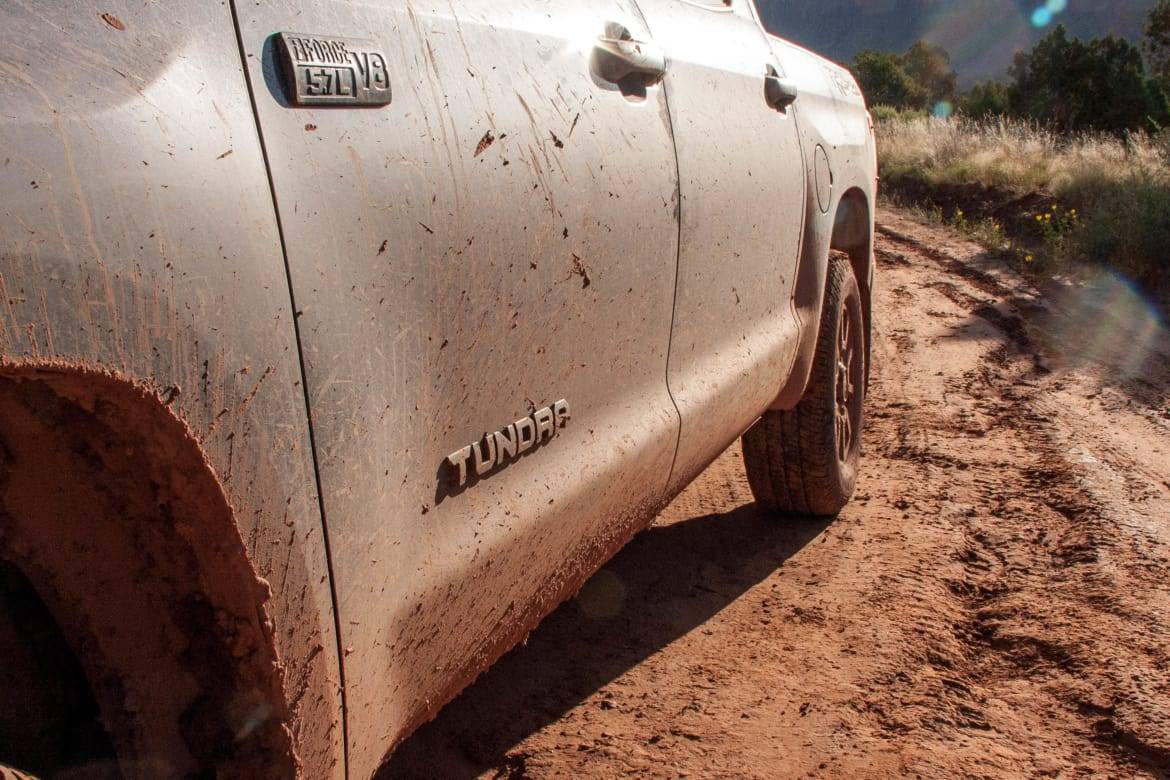
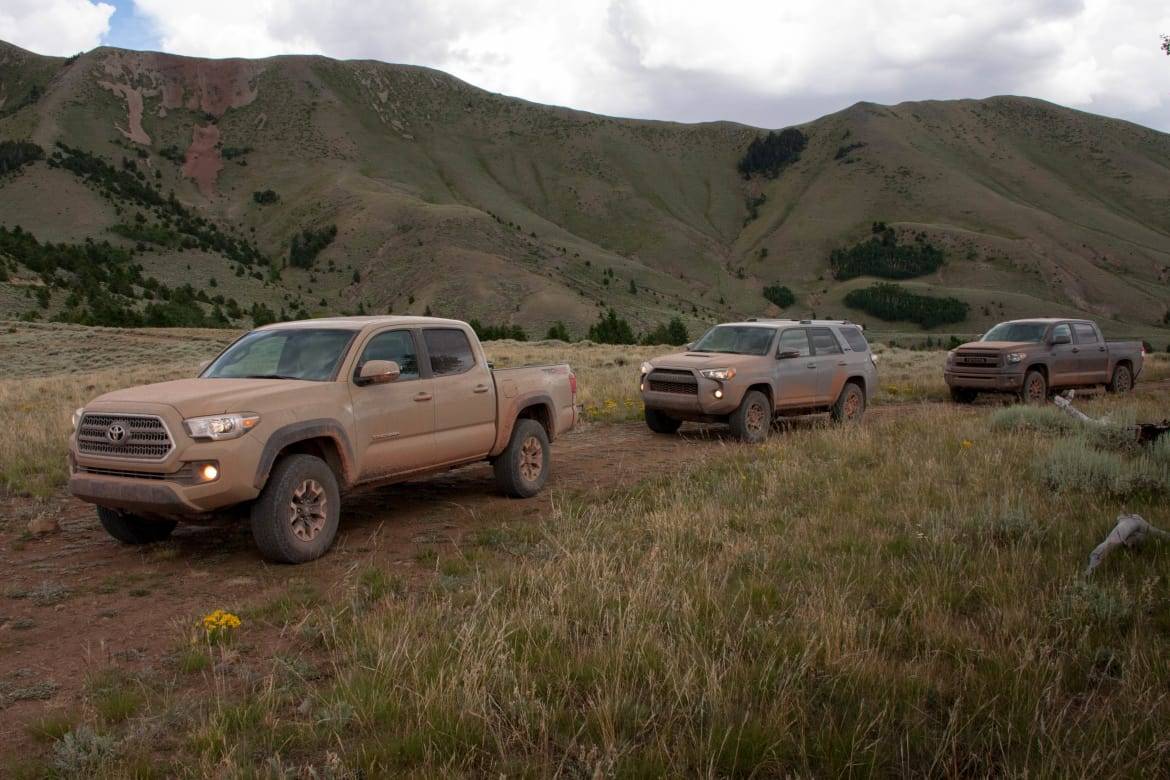
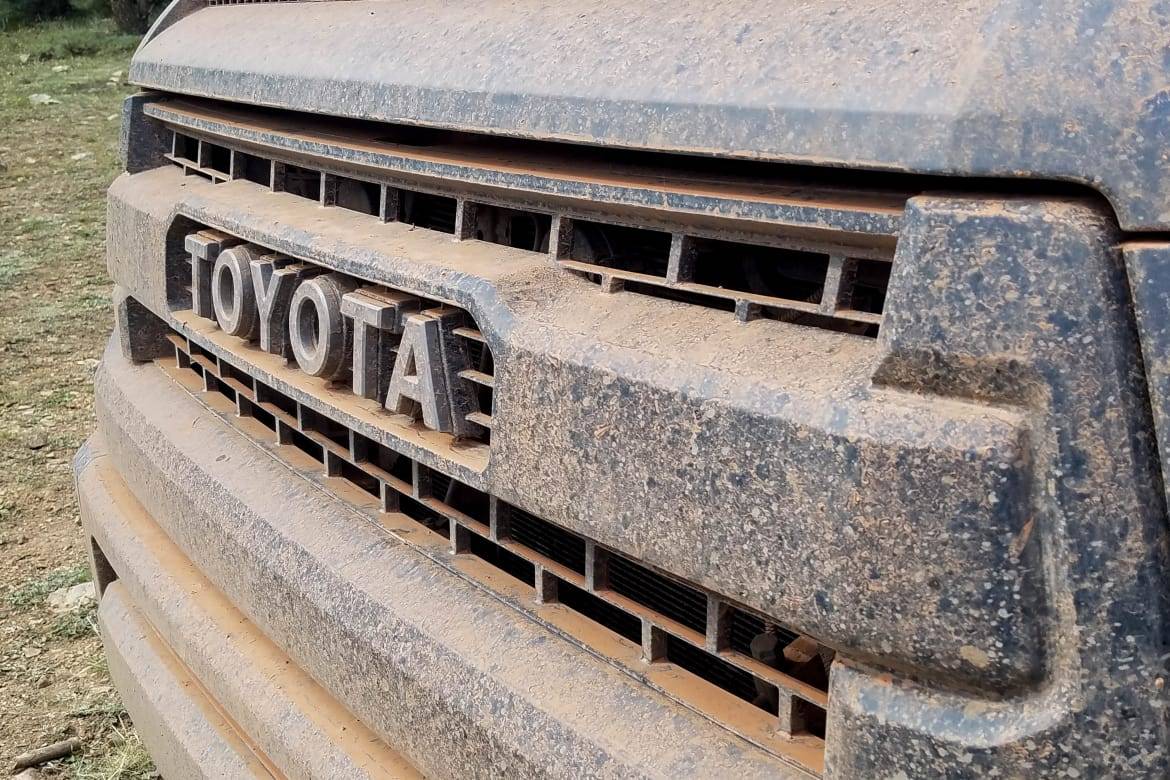
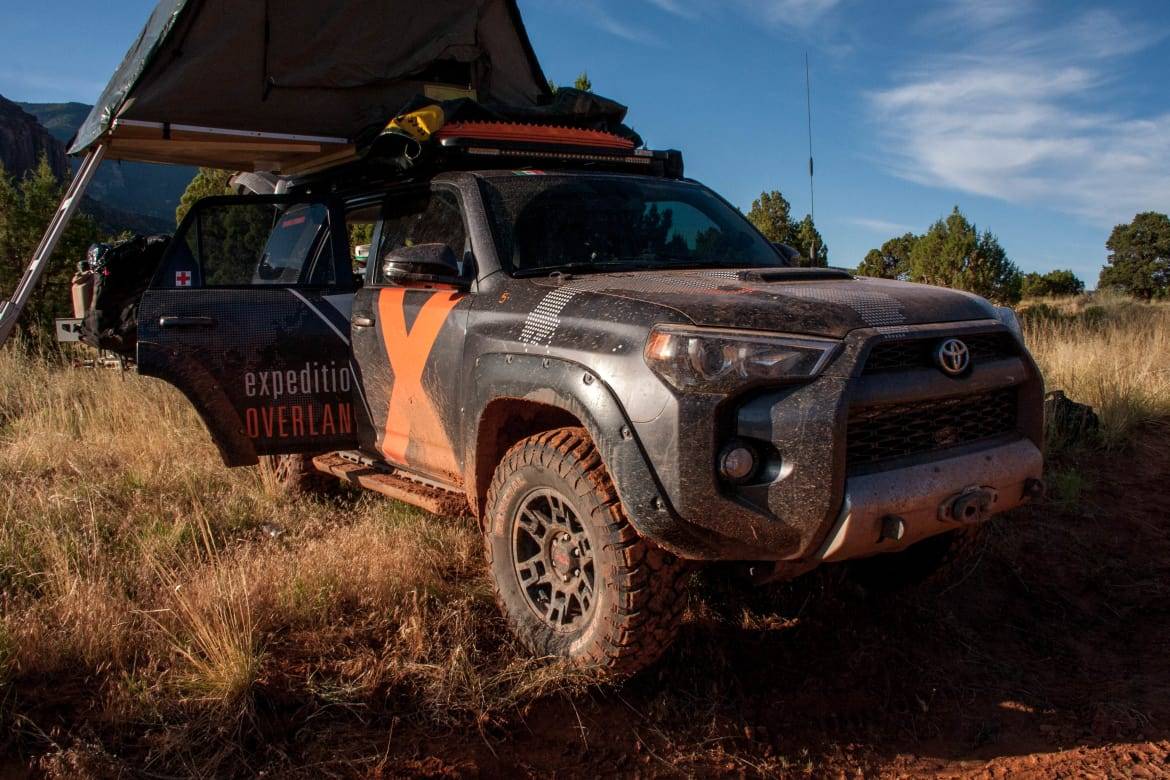
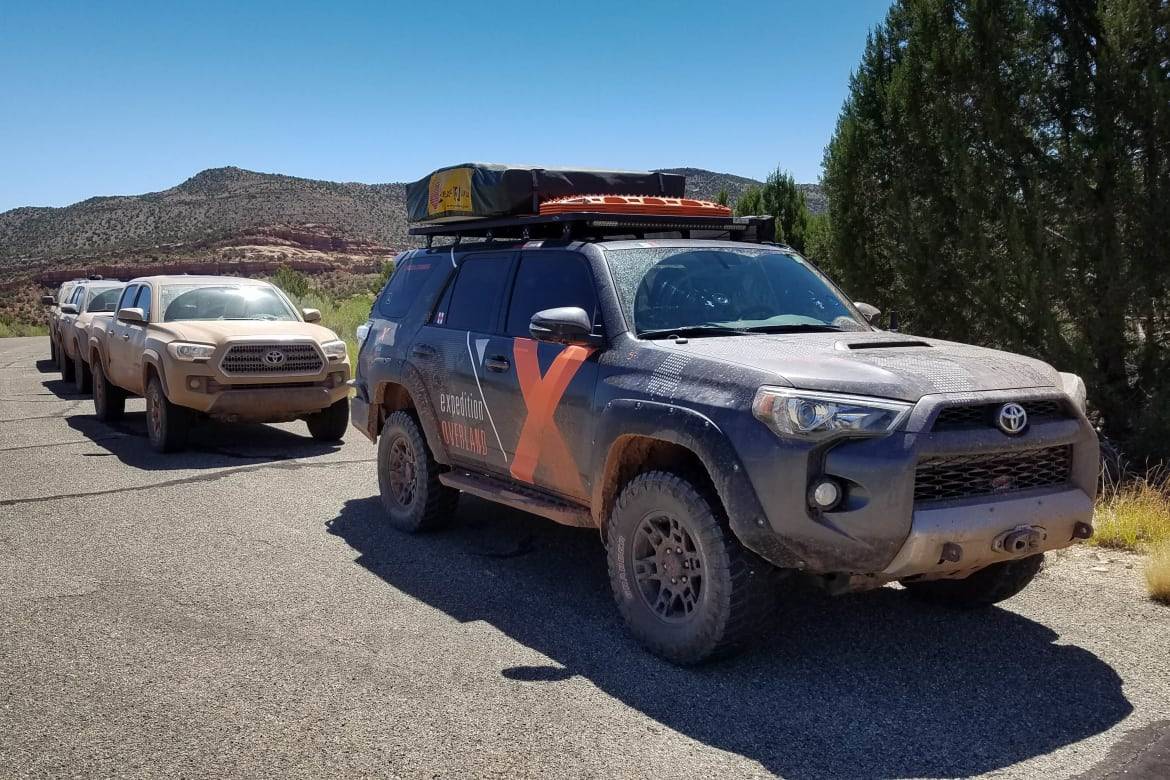

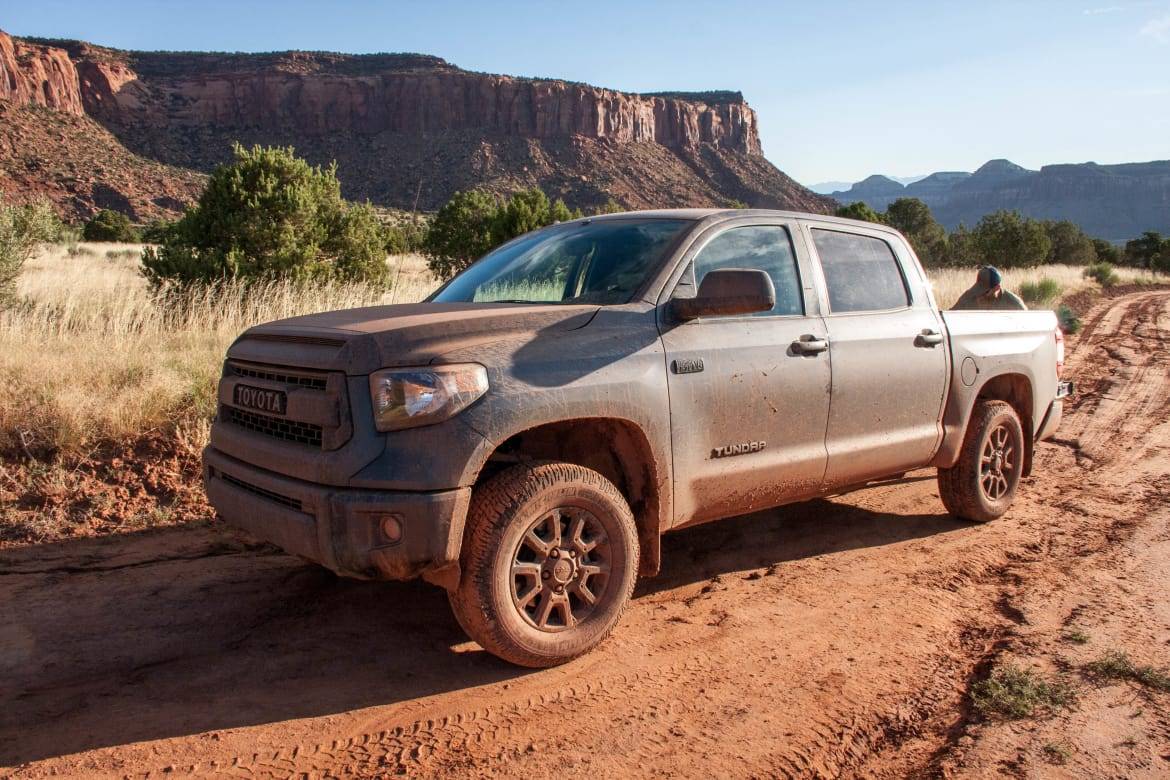
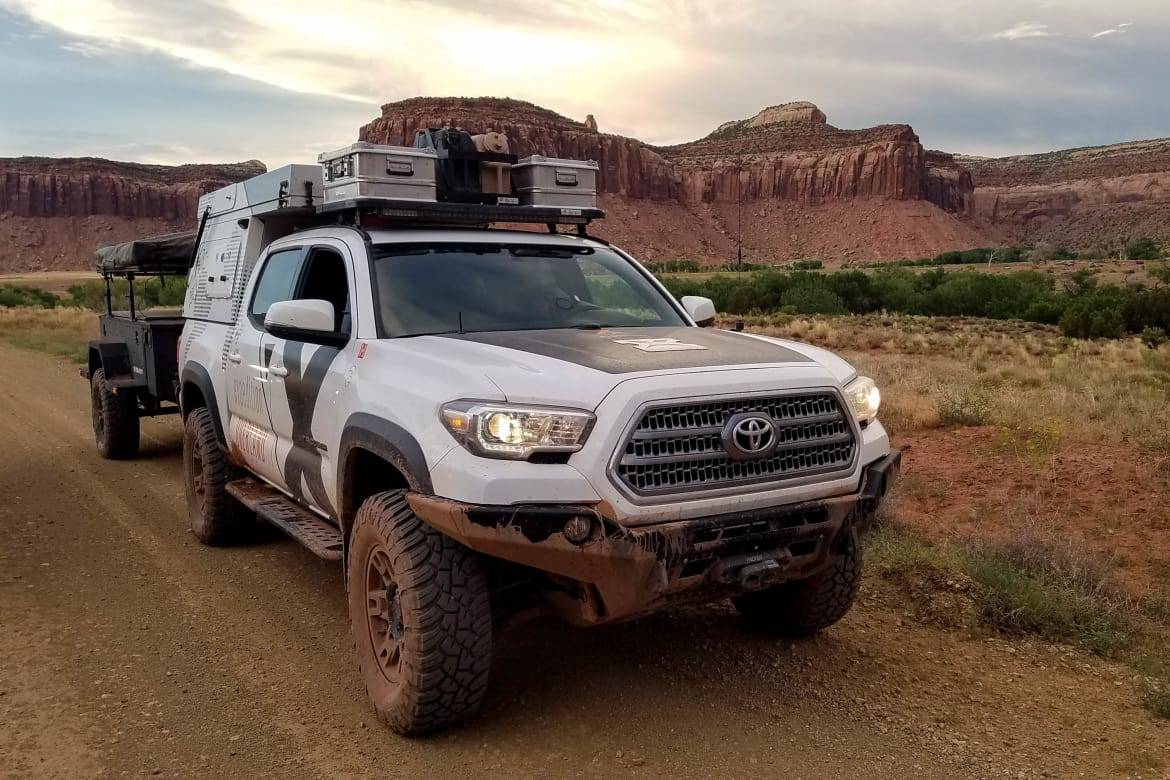



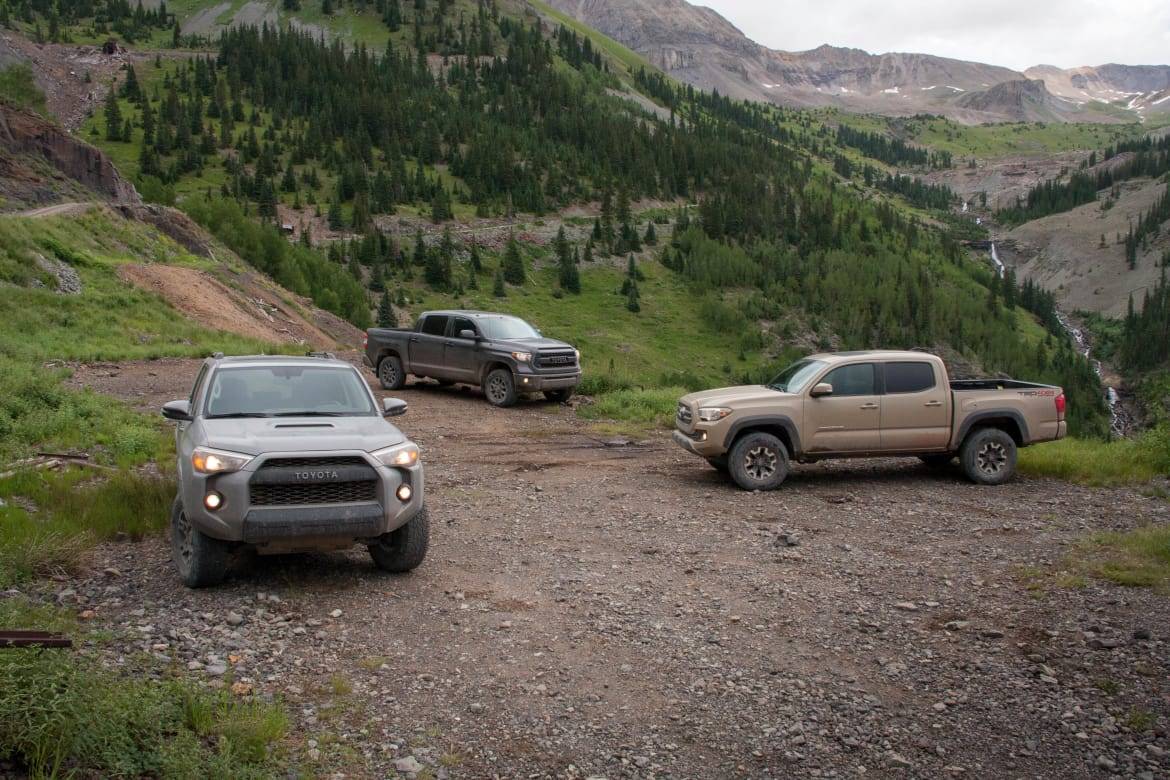
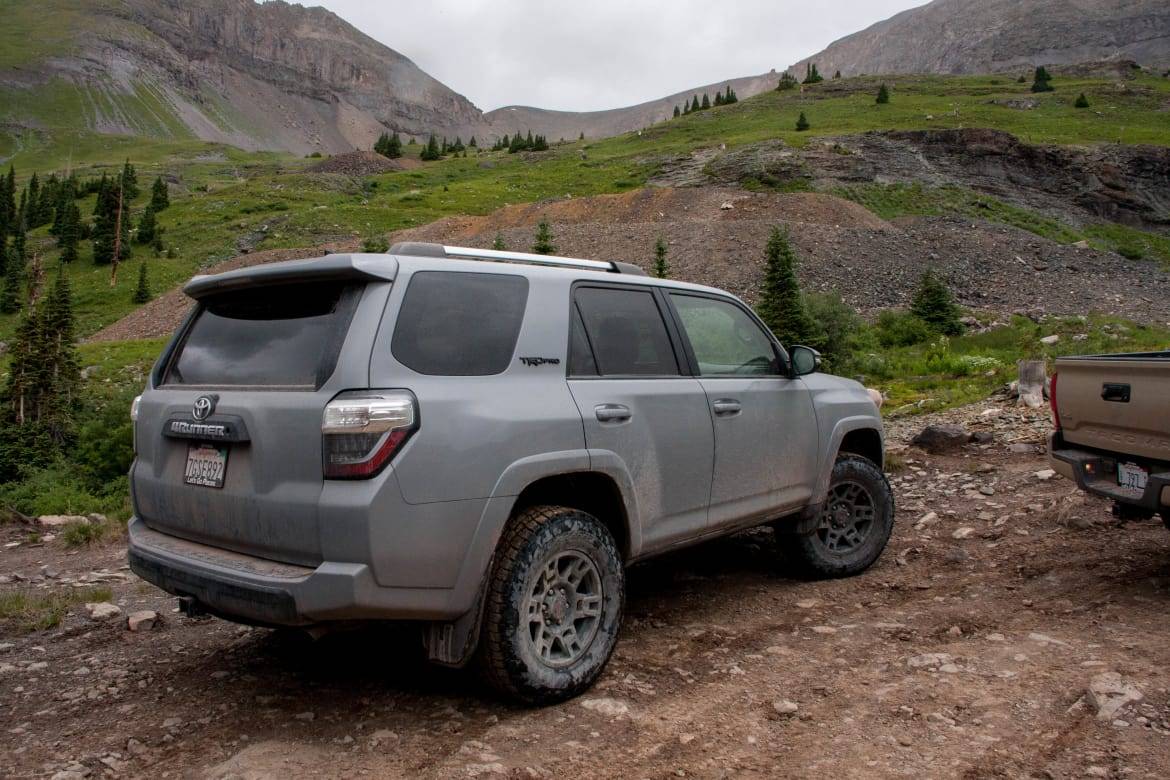
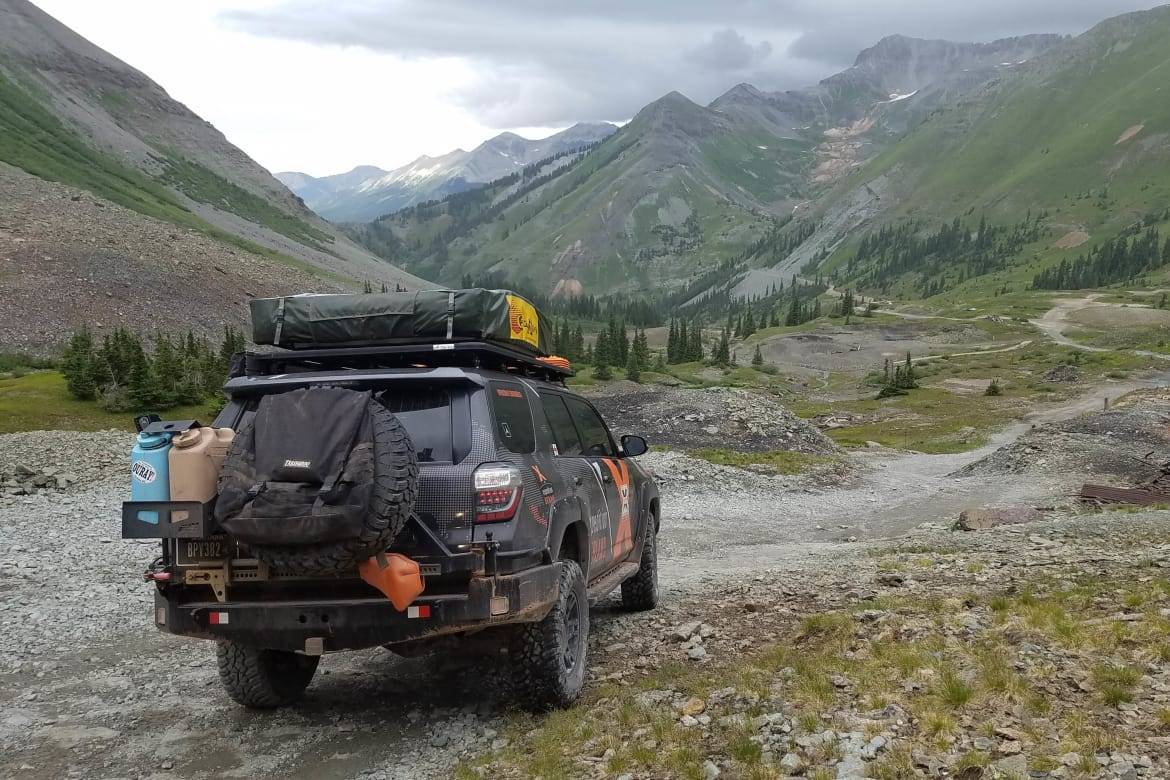
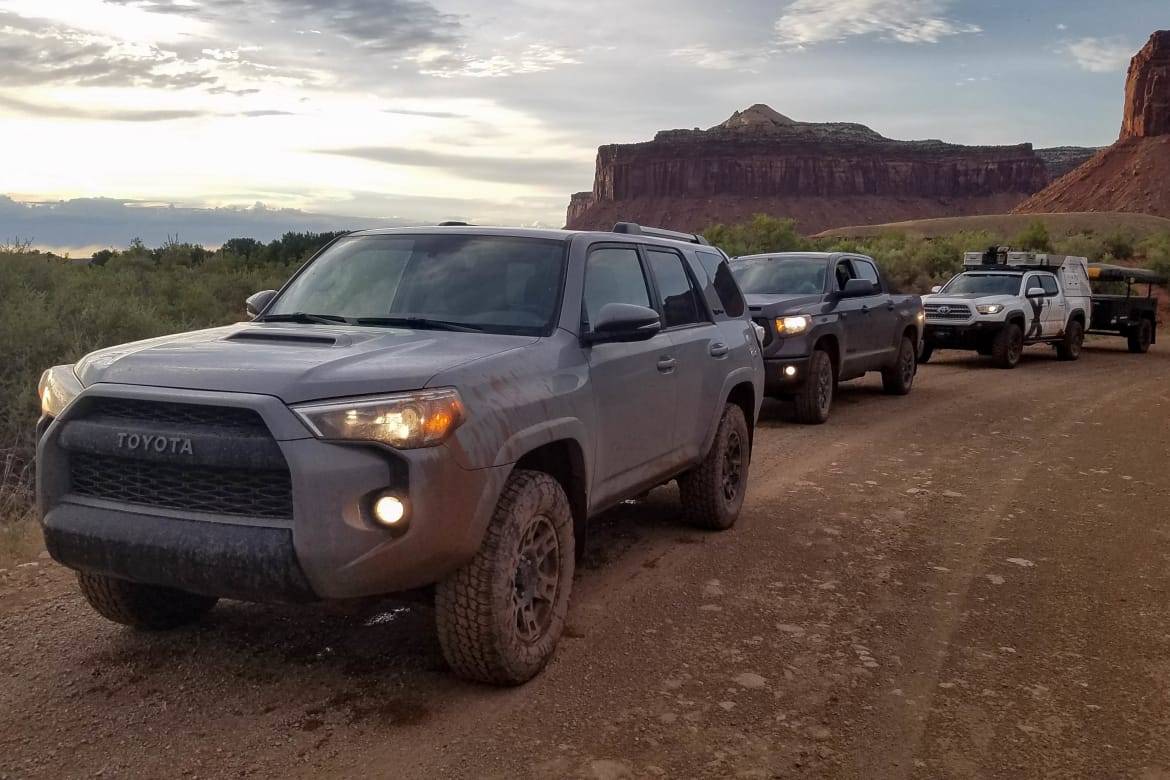

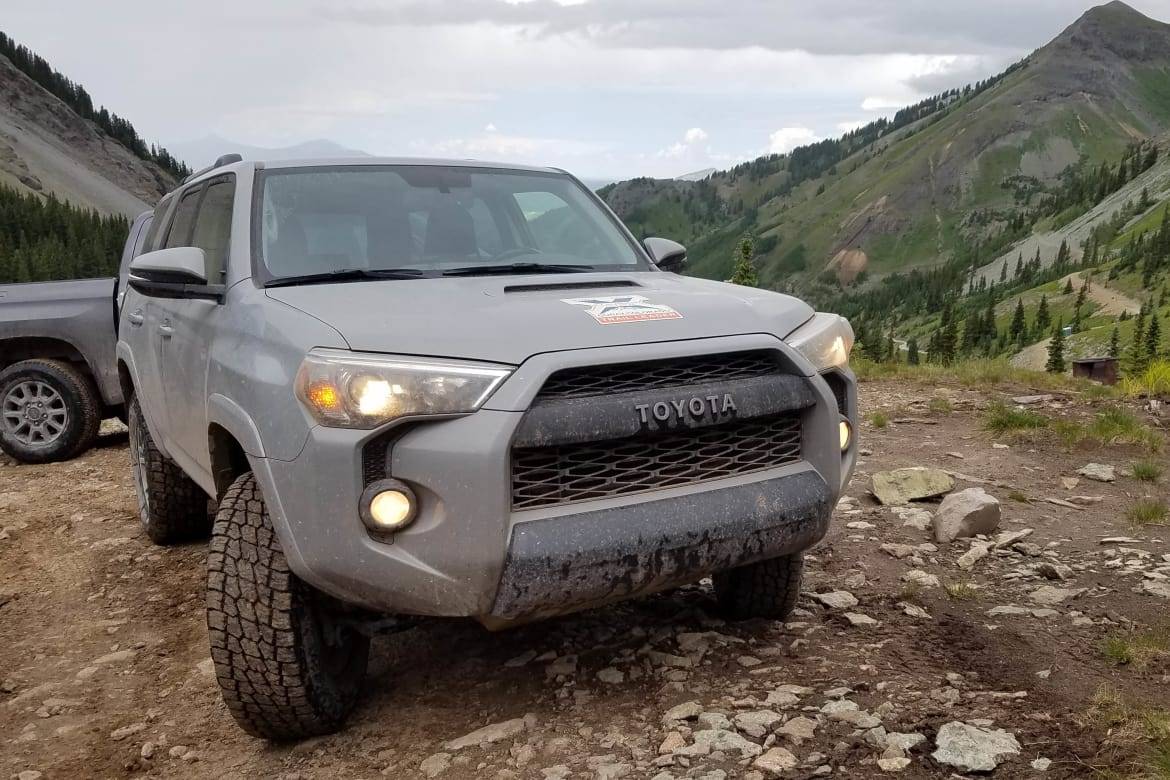
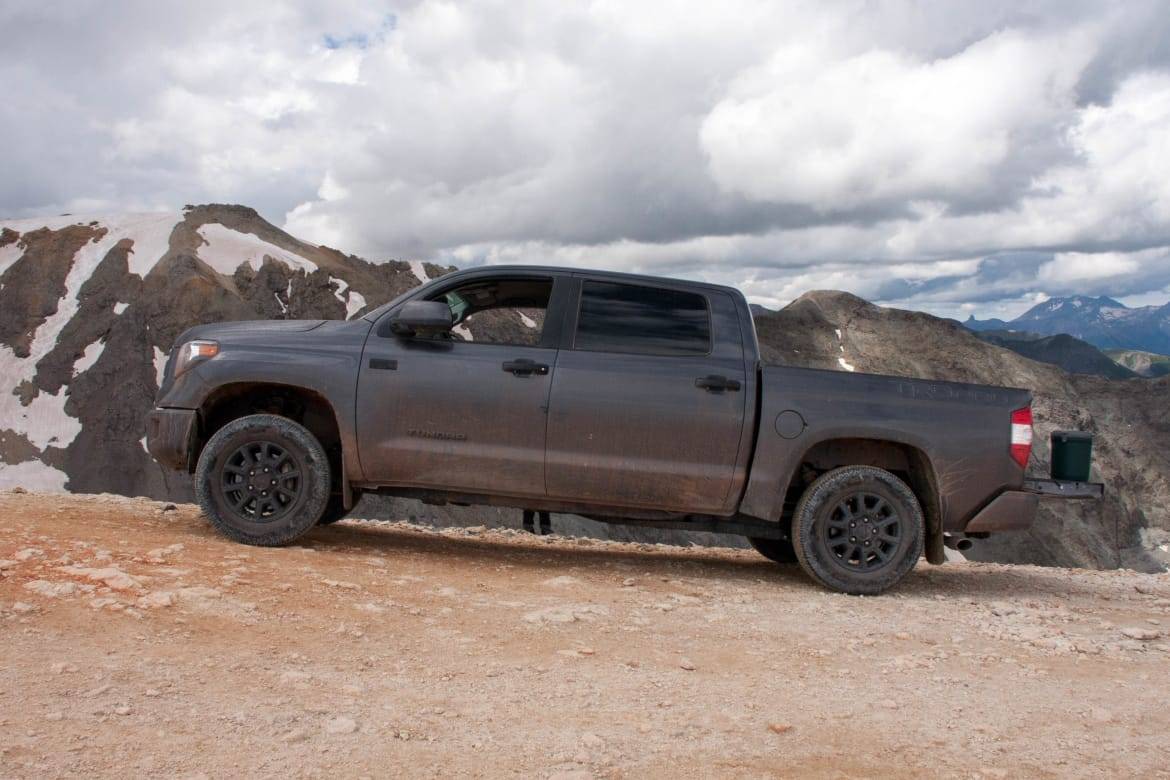
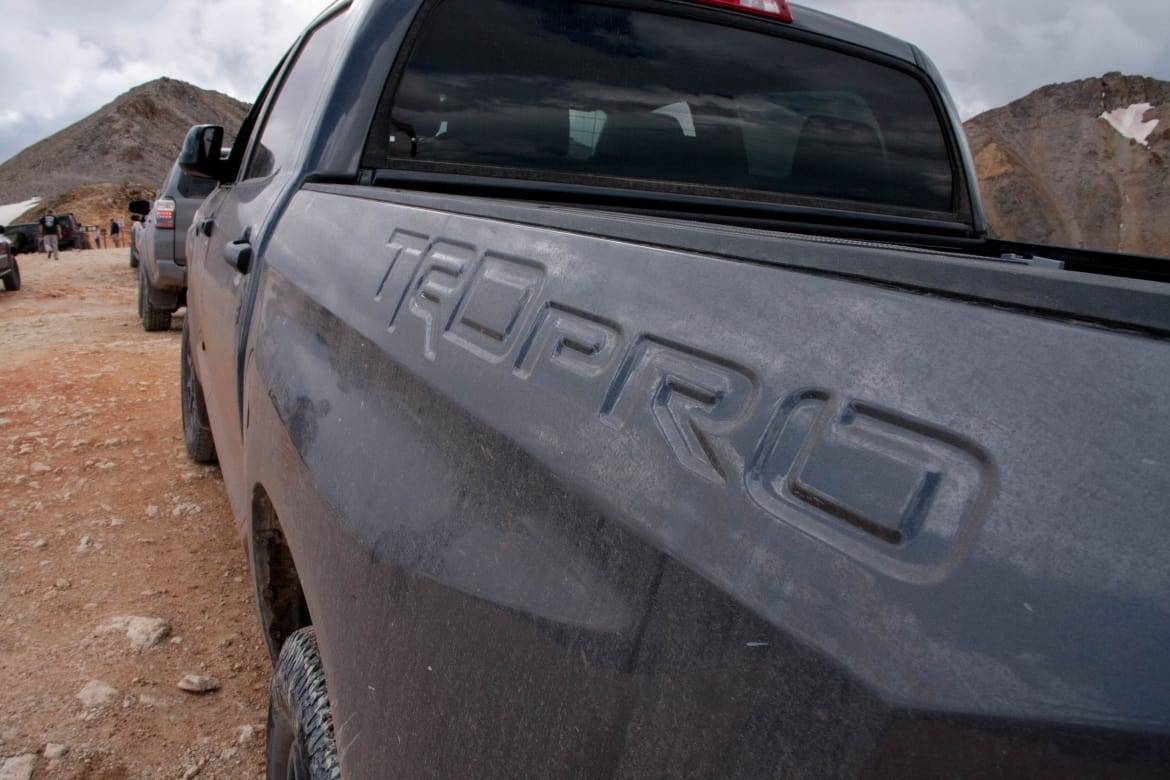
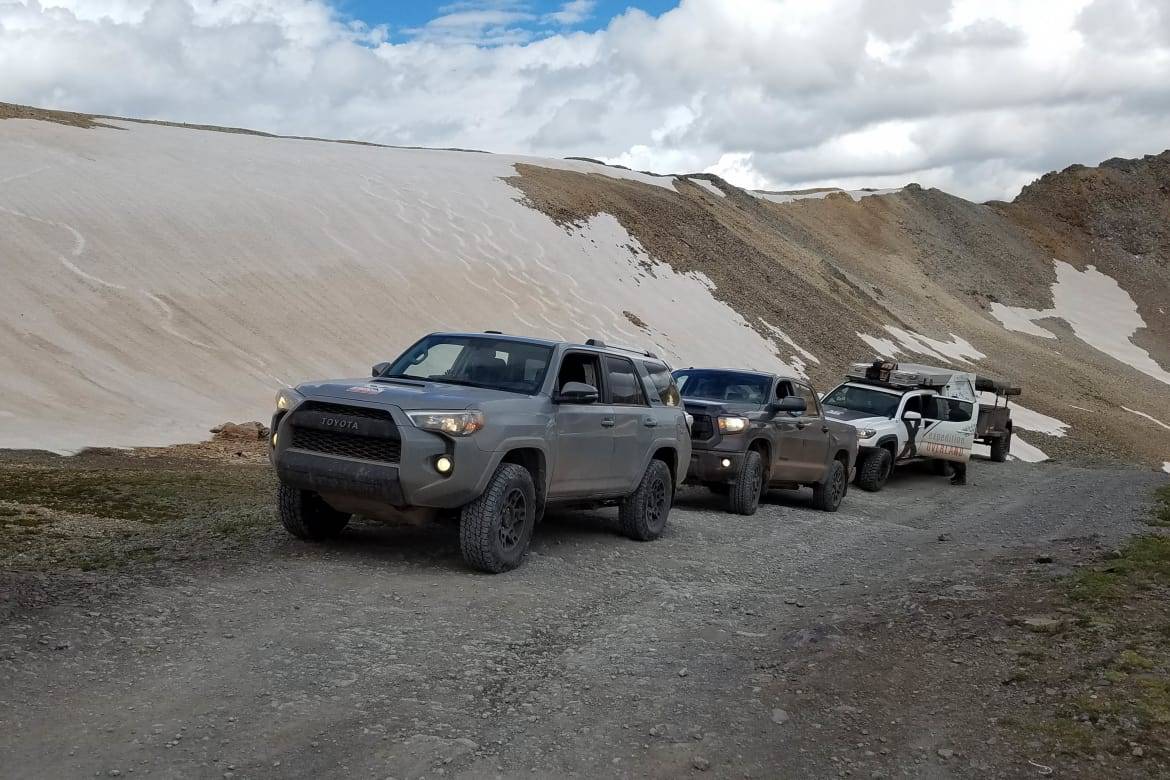
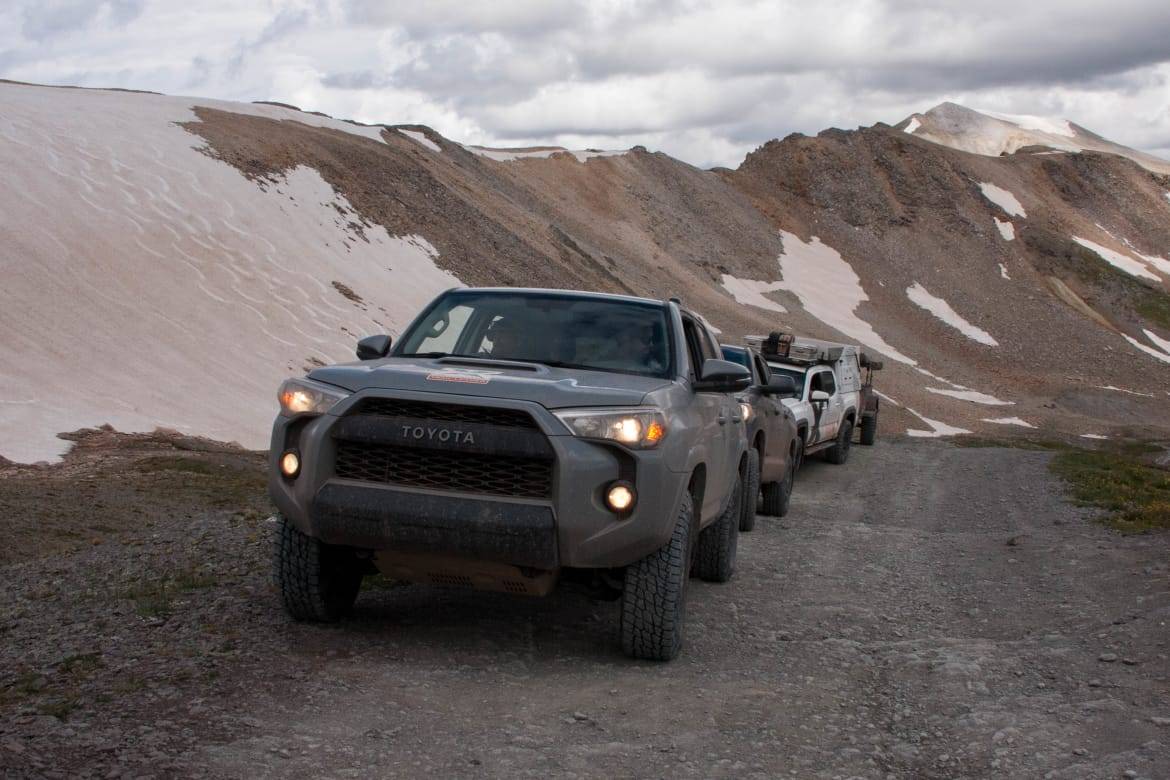


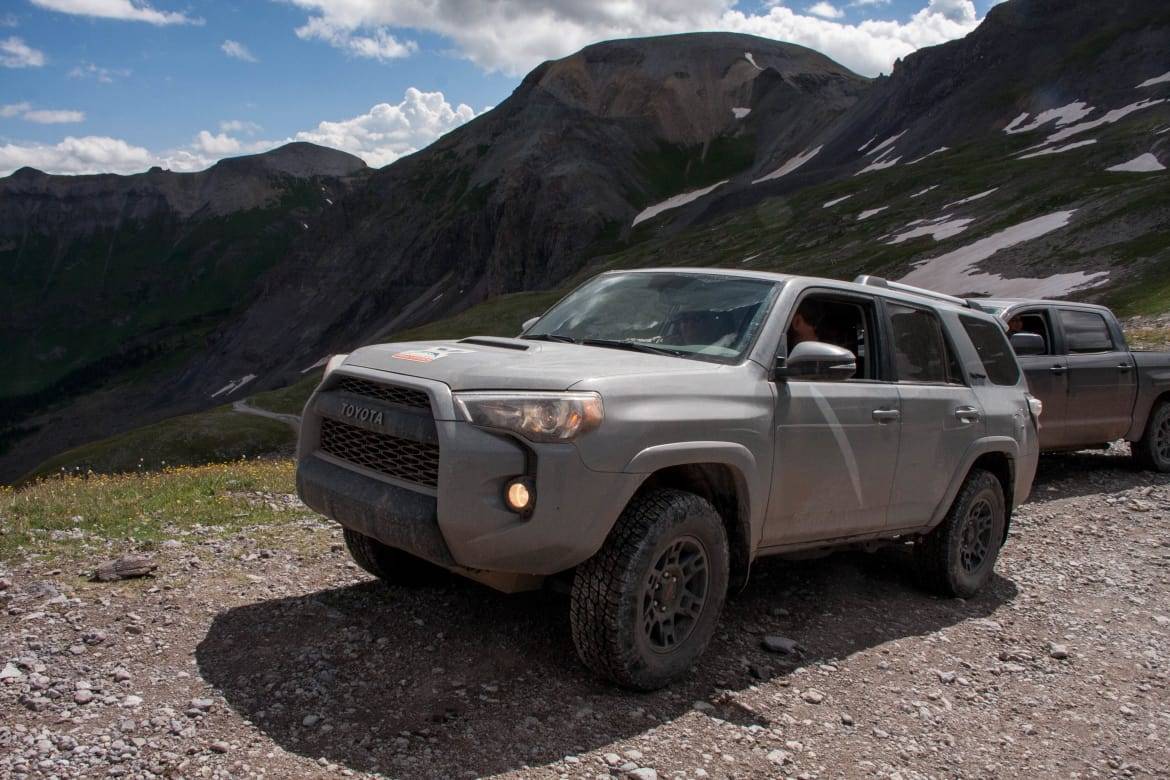


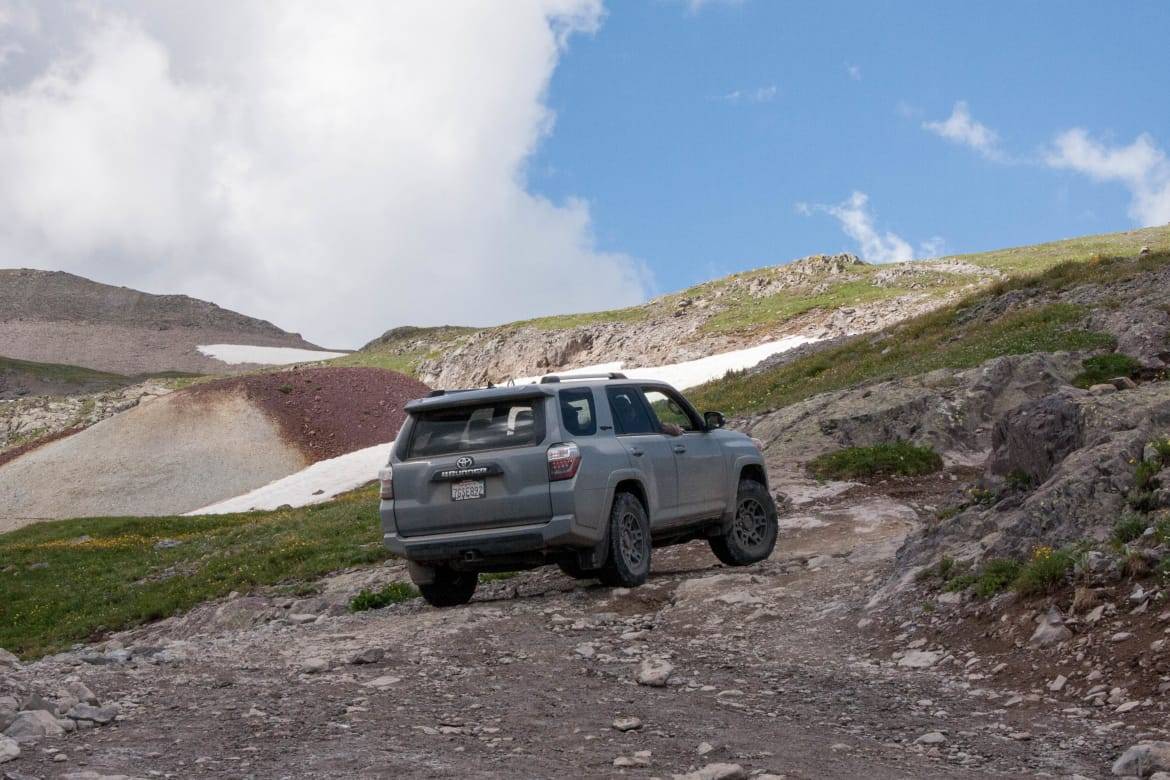

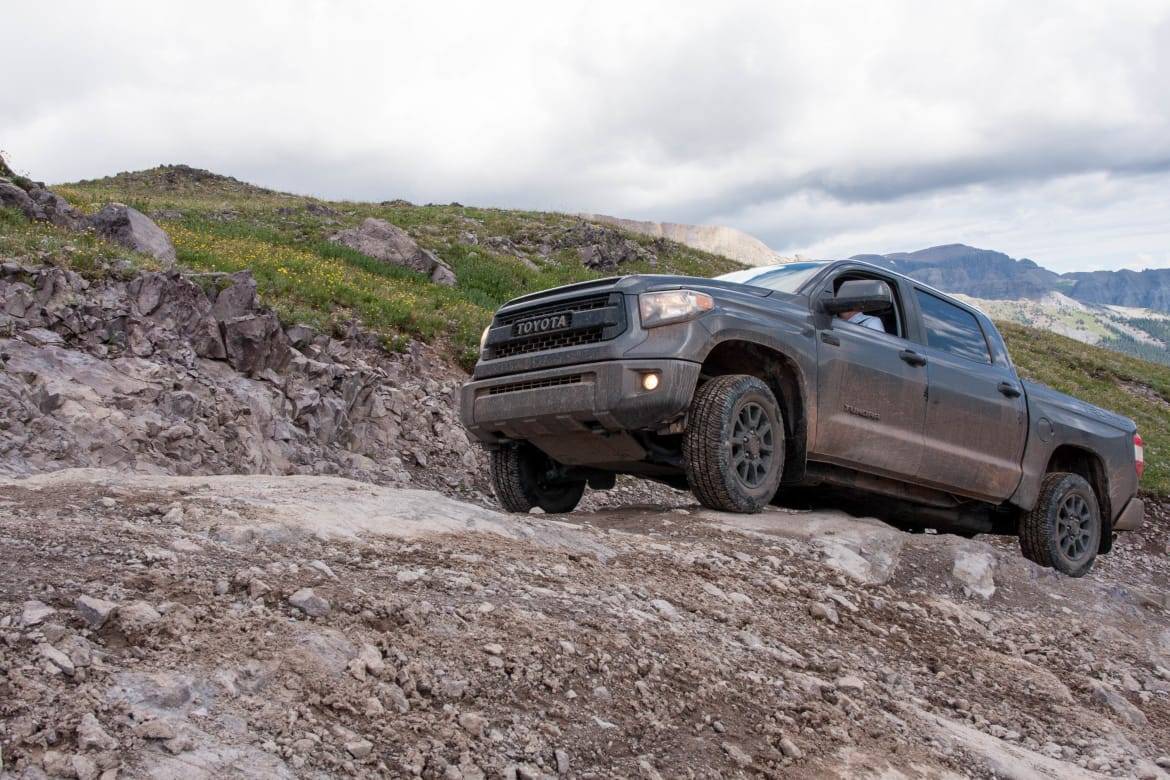
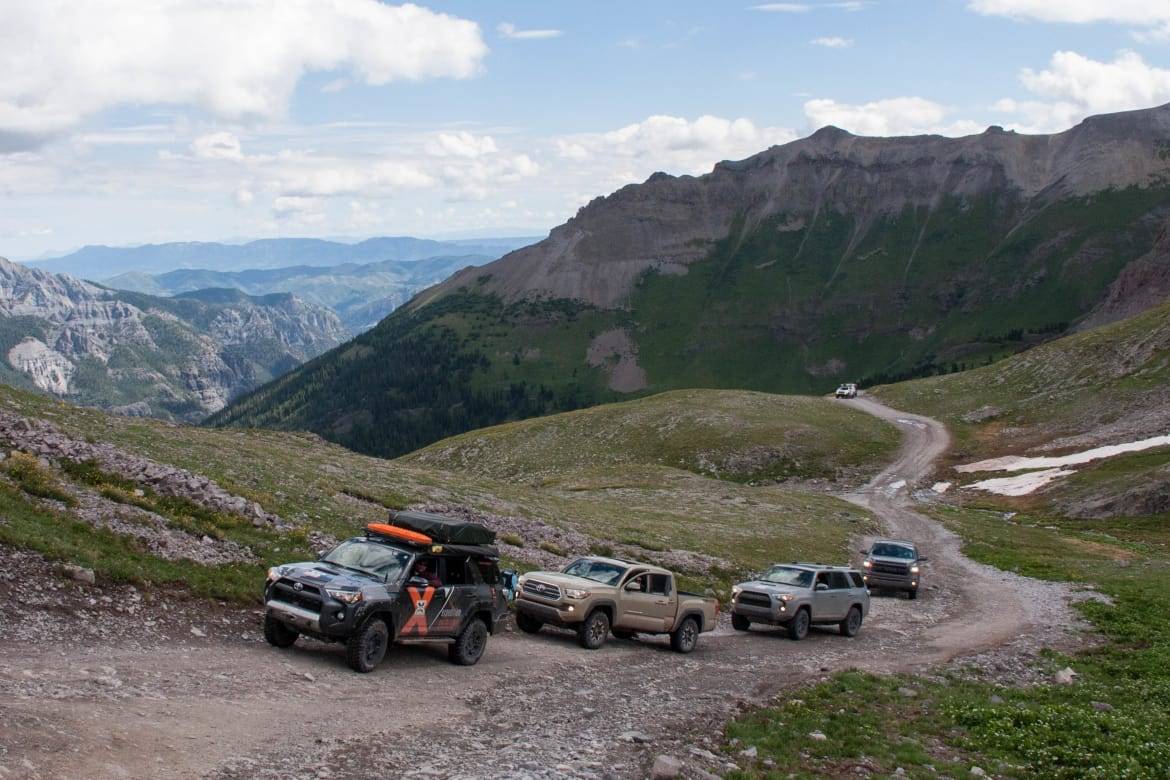

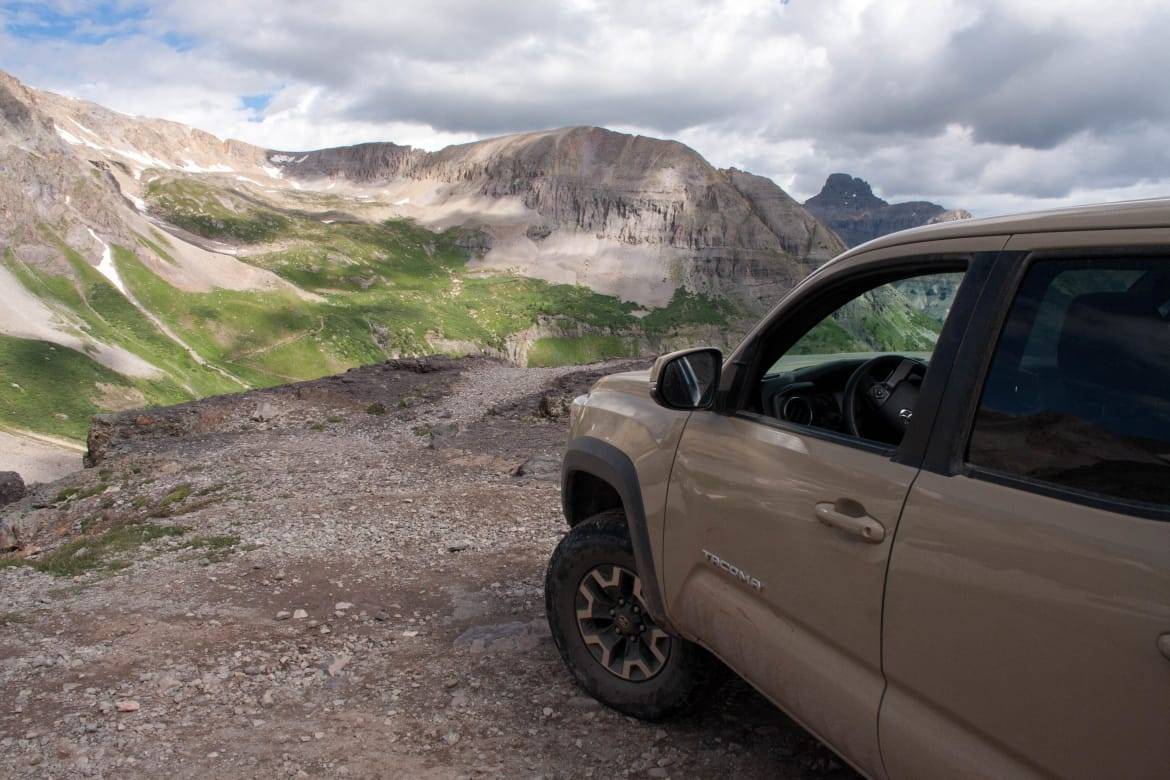
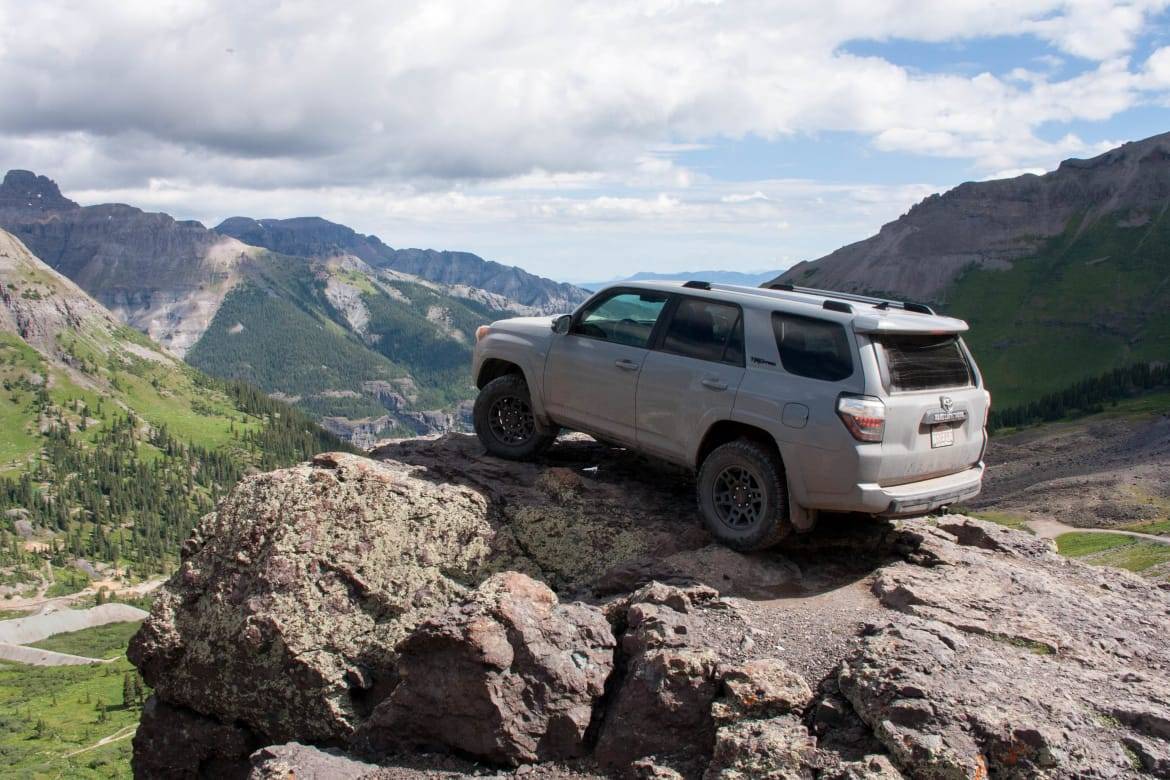
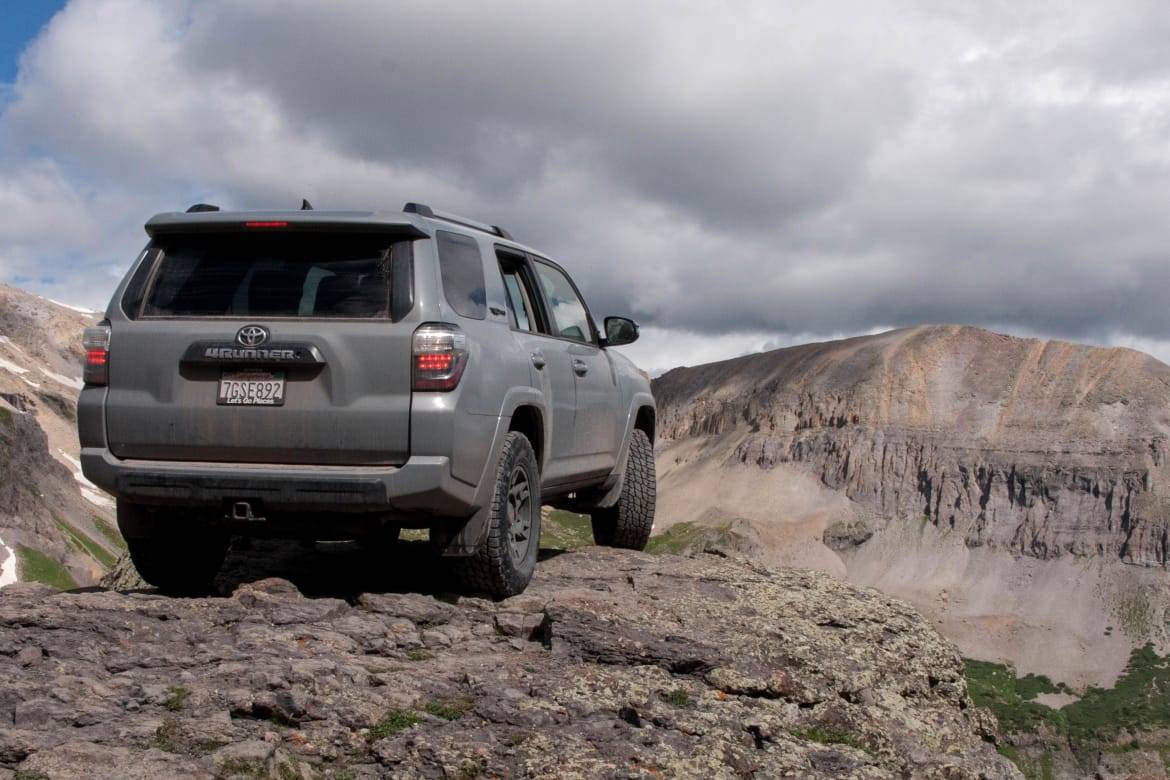
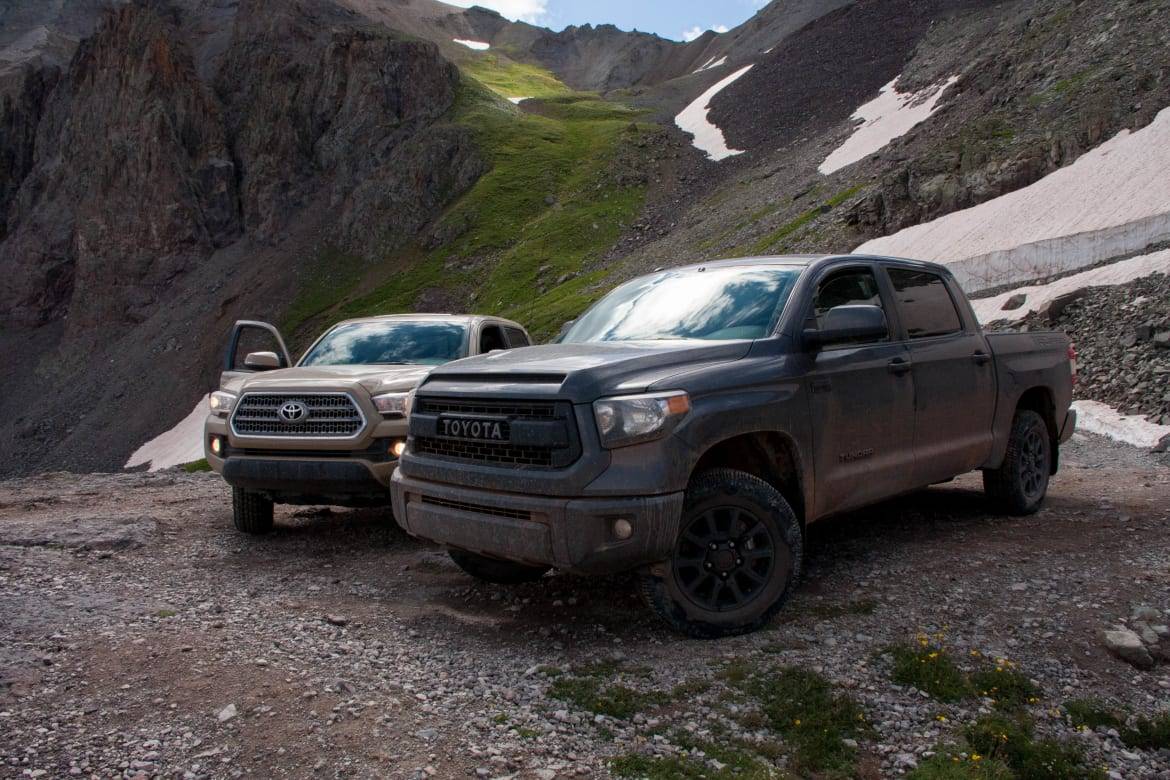
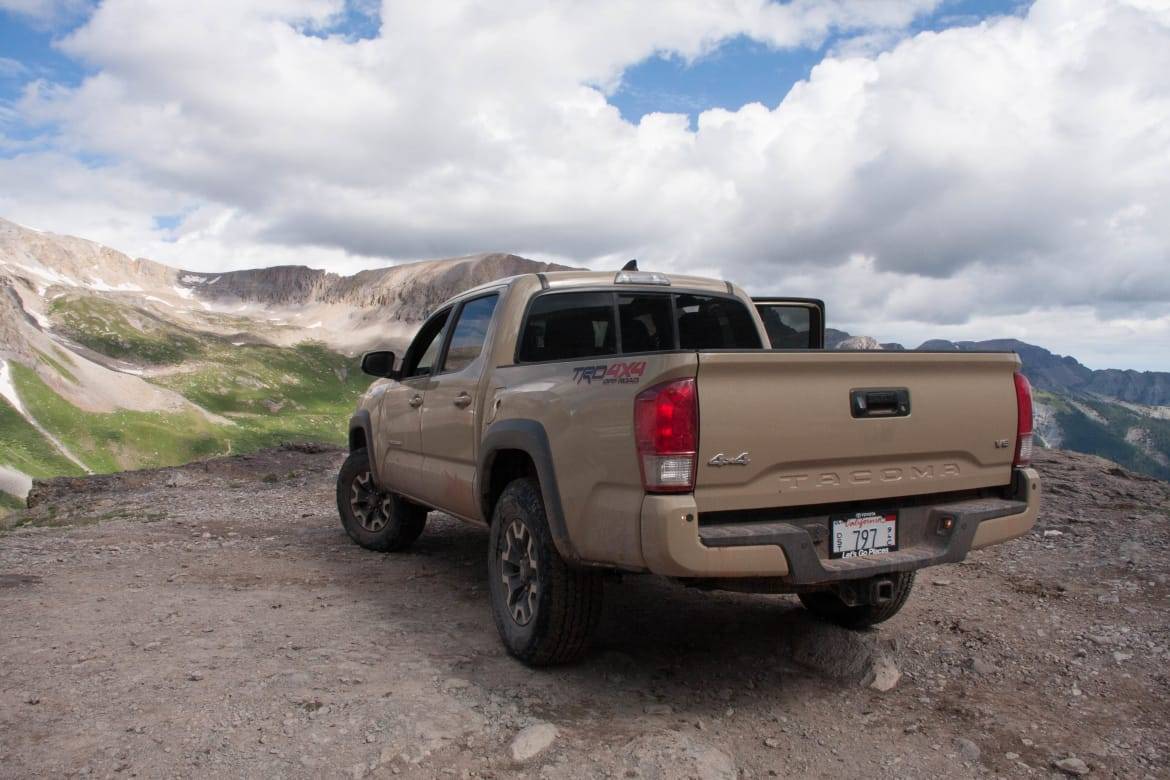
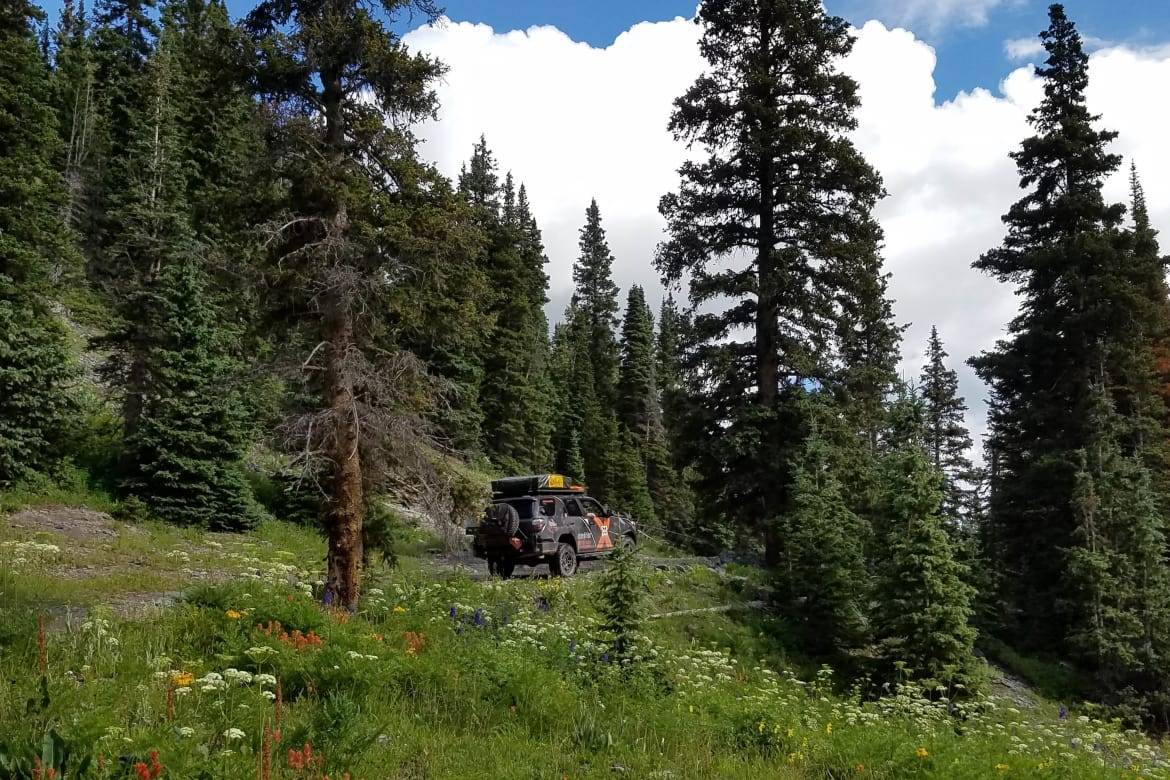
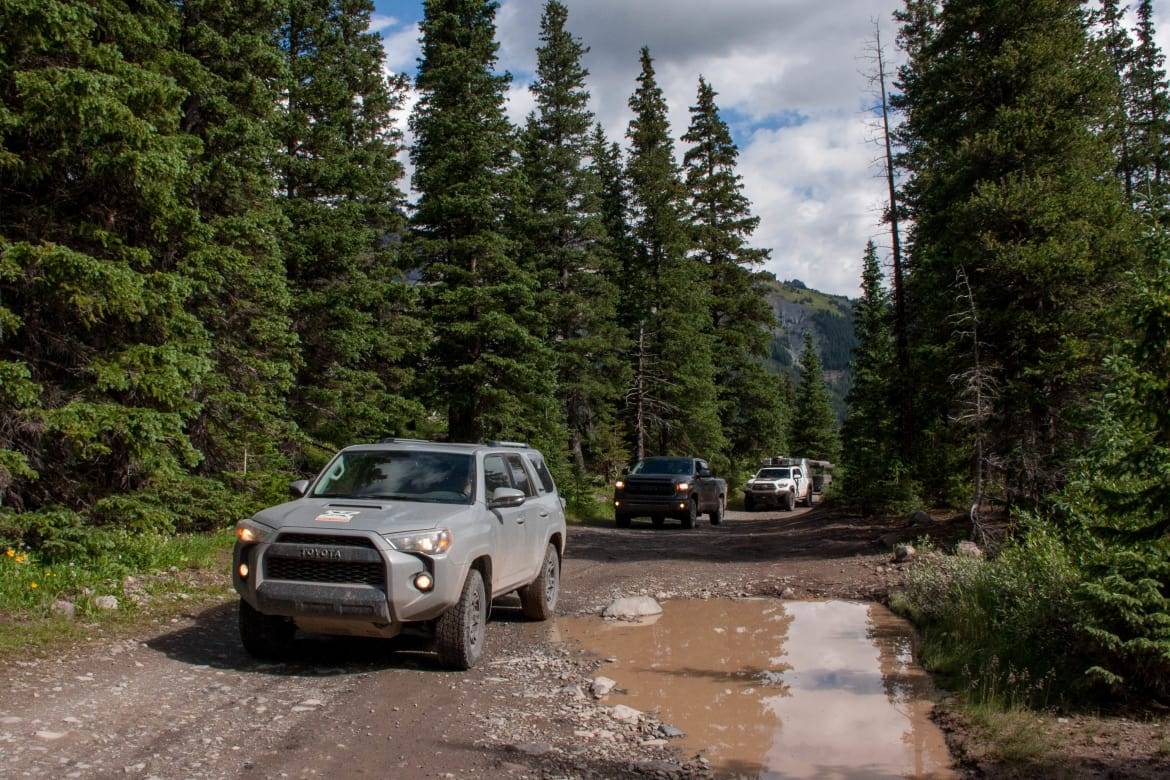
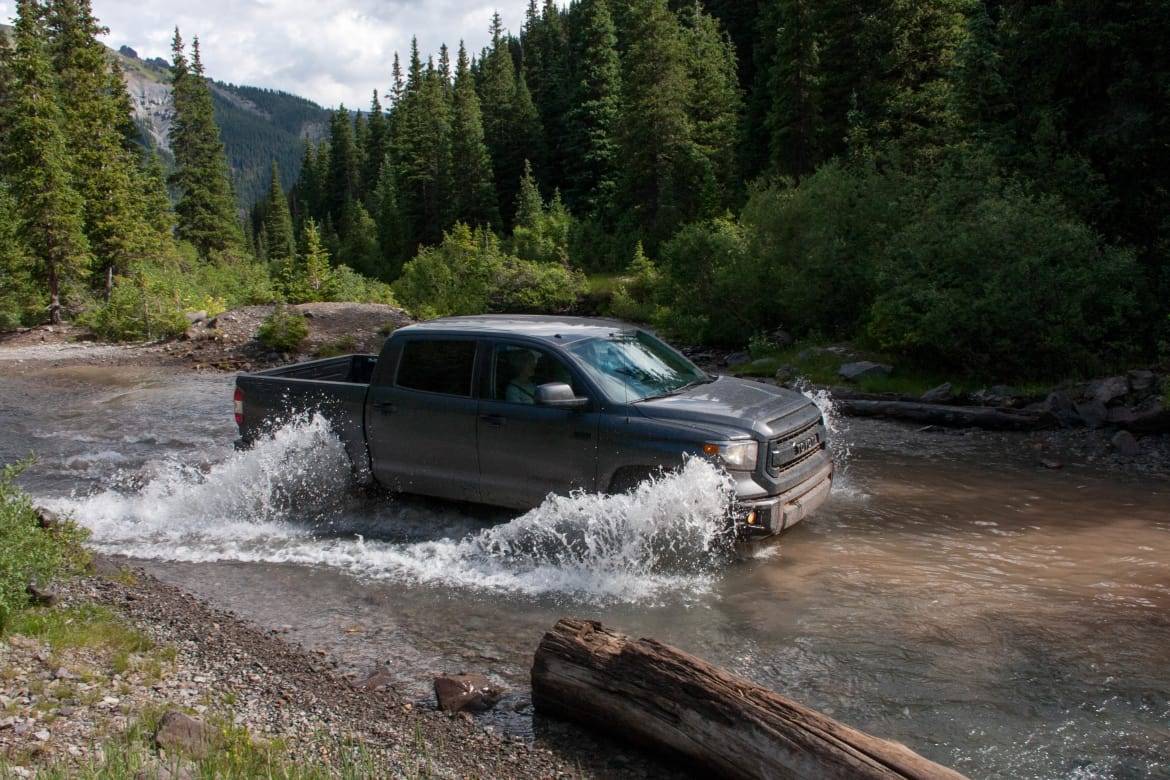


















































Former L.A. Bureau Chief Brian Wong is a California native with a soft spot for convertibles and free parking.
Featured stories



















































